Two All Beef Patties in Sean Connerys Voice
Every actor wants to work. And a small per centum of those actors get to work in films that people think; and a much smaller per centum become to play an iconic graphic symbol over the class of several films; and an infinitesimal percentage manage to find success by tackling other roles subsequently becoming famous as that iconic character. Which brings us to Sean Connery, who died this week at the age of xc.
His portrayal of super-spy James Bail was every bit essential to the 1960s as The Beatles. (Even though, in "Goldfinger," Connery's Bond cracked that drinking warm champagne was "as bad every bit listening to the Beatles without earmuffs.") He wasn't technically the commencement Bond — Barry Nelson played the Ian Fleming character in an American TV adaptation of "Casino Royale" in 1954 — but Connery invented an action hero who was overtly sexual in a way that his predecessors hadn't been, although nonetheless able to dispatch the bad guys with ruthless efficiency, all the while never spoiling the crease in his tuxedo.
Connery himself came from working-form origins, having been a milkman and a lifeguard before flirtations with professional bodybuilding and football on his way to an acting career. Bond might accept been an employee of Her Majesty, just he was e'er more of a roughneck than an Oxonian. Here was a British hero without the tiniest flake of foppish elitism or aloof remove; his authorisation came from his steadfastness, his steely gaze, his unwavering voice.
Likewise Read: Sean Connery, Oscar-Winning James Bail Star, Dies at ninety
Bond was cruel and sadistic, only Connery's screen presence was so dashing and charismatic that audiences rarely noticed. If you look back at the spy craze of the decade, one that inspired knock-offs and parodies galore, you tin can pin it entirely on Connery'south shoulders. He had an interim career before condign 007 — one that encompassed stage, Boob tube and movies like the sudsy Lana Turner potboiler "Another Time, Another Identify" and the Disney whimsy of "Darby O'Gill and the Piffling People" — and he was determined to accept one afterwards being 007, as well.
As Tom Cruise would later do in projects directed by Stanley Kubrick and Martin Scorsese, to name a few, Connery used his box-office clout as a way to piece of work with leading filmmakers who would evidence audiences the breadth of his capabilities. Every bit Bond-mania was reaching an noon in 1964, Connery signed on to star opposite Tippi Hedren in Alfred Hitchcock's "Marnie," a psychosexual drama that wasn't embraced at the fourth dimension but has congenital a growing cult over the decades.
Also Read: Beyond Bond: Sean Connery's 14 Nigh Memorable Non-007 Film Roles
Even though Hitchcock later sniffed to François Truffaut that he "wasn't convinced that Sean Connery was a Philadelphia admirer," Connery is perfectly cast in a role that requires him to exist both cruel and appreciating, manipulative and understanding. Connery clearly had a improve working human relationship with Sidney Lumet, with whom he worked a year later on the 1965 WWII drama "The Loma." The ii would keep to interact on 1971's "The Anderson Tapes," a highlight of Connery's post-Bail career, "The Offence" (1973), "Family Business organisation" (1989), and the all-star "Murder on the Orient Limited" (1974).
"Family Business organisation," incidentally, is perhaps best recalled every bit the film in which we're supposed to believe Connery as the father of Dustin Hoffman and the grandfather of Matthew Broderick, just of course Connery paved the way for actors like Arnold Schwarzenegger and Liam Neeson to play American characters with European accents that audiences chose to overlook. (As former TheWrap film critic April Wolfe tweeted, Connery, in "Highlander II: The Quickening," played "a Spanish-Egyptian immortal and DID NOT Modify HIS ACCENT AT ALL. And we went, 'Certain, why non.'")
Walking away from the Bond franchise after "Diamonds Are Forever" (1971) — autonomously from a ane-off reprise of the function in the aptly-titled "Never Say Never Again" (1983) — Connery came into his own as a charismatic lead in films that weren't easily categorized. For every traditional, two-fisted heroic turn in movies similar "Outland" (1981), "Meteor" (1979) or "The Neat Train Robbery" (1978), the actor too offered up the likes of Richard Lester's "Robin and Marian" (1976), casting him as a later-in-life Robin Hood still madly in dearest with his off-white maiden Audrey Hepburn, or John Boorman's "Zardoz" (1974), a sci-fi freakout in which Connery'south cerise loincloth and a giant floating rock head knuckles information technology out as the film's nearly unforgettable image.
Also Read: Hollywood Remembers Sean Connery: 'A Fable on Screen and Off'
It'southward the savvy motion picture stars that know when to share the limelight, and Connery often did so, whether taking on a cameo as Agamemnon in "Fourth dimension Bandits" (1981) — Michael Palin's original script said the role should be played by "Sean Connery — or someone of equal or cheaper stature" — or the supporting function of the hero's dad in "Indiana Jones and the Final Crusade" (1989). The role player scored his one Oscar nomination, and win, for his scene-stealing office equally one of Elliot Ness' lieutenants in Brian De Palma'southward "The Untouchables" (1989), and his very favorite office, idea by many to be his career highlight, came in John Huston'south "The Human Who Would Be Male monarch" (1975), sharing top billing with longtime pal Michael Caine in a rousing and bittersweet Rudyard Kipling adaptation.
Connery ended his filmography with something of a whimper: In true "nobody knows anything" fashion, he said yes to "The League of Extraordinary Gentlemen" (2003) while turning down "The Lord of the Rings" and "The Matrix." (While many might lump in his latter-day appearance in 1998's "The Avengers" equally a bad career move, there is a small but devoted contingent of fans of this oddball TV accommodation trying to convince Warner Bros. to #ReleasetheJeremiahChechikCut) It'due south perhaps better to retrieve of his final picture as 2000's "Finding Forester," in which he once over again worked with a world-class filmmaker (Gus Van Sant) and delivered a moving functioning as a reclusive, Salinger-esque author.
It'south a part that shows that steadfastness, still an essential tool for the role player decades into his career, and a quality that will make these performances endure for future generations.
Hollywood'due south Notable Deaths of 2020 (Photos)
-
 Alex Trebek, Chadwick Boseman, Naya Rivera (Getty Images)
Alex Trebek, Chadwick Boseman, Naya Rivera (Getty Images) -

David Stern
The former longtime commissioner of the NBA died Jan. 1 following a brain hemorrhage, co-ordinate to a statement from current NBA Commissioner Adam Argent. He was 77.
-

-

Silvio Horta
Silvio Horta, creator of the ABC comedy series "Ugly Betty," was found dead in a Miami motel room Jan. 7. He was 45.
-

Neil Peart
The drummer and lyricist for the '70s and '80s Canadian stone ring Blitz, died on Jan. vii, according to the ring's Twitter account. He was 67.
-

Harry Hains
Harry Hains, an thespian and producer who had appeared on "American Horror Story: Hotel," "The OA," "Sneaky Pete" and "The Surface," died on January. vii. He was 27.
-

Buck Henry
The histrion-screenwriter-director -- who co-created "Get Smart," co-wrote "The Graduate" and co-directed the hit 1978 Warren Beatty picture show "Heaven Tin Wait" -- died on Jan. 8 in Los Angeles. He was 89.
-

Edd Byrnes
The actor, who played Vince Fontaine in "Grease" and also starred on the series "77 Sunset Strip" every bit the teen idol "Kookie," died on Jan. 8. He was 87.
-

Ivan Passer
Ivan Passer -- a pioneering filmmaker in the Czech New Wave, a frequent collaborator with the late Milos Forman and the director of the 1981 motion picture "Cutter's Way" -- died on Jan. 9. He was 86.
-

Stan Kirch
Stan Kirsch, one of the stars of the syndicated '90s fantasy drama "Highlander: The Series," died on January. eleven. He was 51.
-

Rocky Johnson
Rocky Johnson, a member of the WWE Hall of Fame and the father of Dwayne "The Rock" Johnson, died on Jan. 15 at the age of 75.
-

Terry Jones
Terry Jones, a beloved member of the Monty Python comedy troupe who directed many of its classic films, died Jan. 21. He was 77.
-

Tyler Gwozdz
Sometime "Bachelorette" contestant Tyler Gwozdz, who appeared on the 2019 season of the reality series, died January. 22 of a suspected drug overdose at historic period 29.
-
 Getty Images
Getty ImagesKobe Bryant
Retired NBA star Kobe Bryant was killed January. 26 in a helicopter crash in Calabasas, Calif., that killed four others. He was 41.
-

Kirk Douglas
Kirk Douglas -- the prolific actor and producer whose "Spartacus" is credited with helping to cease the Hollywood blacklist, patriarch of a successful entertainment dynasty and one of the last surviving stars of Hollywood'south gold age -- died Feb. 5 at age 103.
-

F.X. Feeney
F.X. Feeney, a film historian, screenwriter and longtime movie critic for LA Weekly, died on February. five after suffering several strokes over the previous few days. He was 66.
-

Kevin Conway
Kevin Conway, known for his roles in films like "Gettysburg" and 'Thirteen Days," died on February. 5 of a middle attack. He was 77.
-

Orson Bean
Veteran character actor Orson Edible bean, a regular on shows like "To Tell the Truth" and "Dr. Quinn, Medicine Woman" and star of "Being John Malkovich," died the night of Feb. 7 at age 91 afterwards he was struck and killed by a car in Los Angeles.
-

Raphael Coleman
Raphael Coleman, who starred as Eric in the 2005 Emma Thompson movie "Nanny McPhee" and went on to devote himself to environmental activism, died of a sudden on February. 7 at the historic period of 25.
-

Robert Conrad
Robert Conrad, who was the star of the '60s Telly series "Wild Wild Westward," died from heart failure on Feb. 8 at the age of 84.
-

Paula Kelly
Paula Kelly, an Emmy-nominated actress known for TV series similar "Night Court" and films like "Sweet Clemency" and "The Andromeda Strain," died on Feb. viii in Whittier, California. She was 77.
-

Joseph Vilsmaier
Joseph Vilsmaier, a German language director and cinematographer behind the acclaimed 1993 World War Two drama "Stalingrad" died "peacefully" at his home in Bavaria on Feb. 11. He was 81.
-

Daniel Lee Martin
Daniel Lee Martin, country vocaliser and host of "Brotherhood Outdoors," was found dead in his Pasco County, Florida, home on Feb. 14 of an apparent self-inflicted gunshot wound. He was 54.
-

Caroline Flack
Caroline Flack, former host of "Love Island," died at the age of twoscore on Feb. 15. A lawyer for the family told BBC that Flack died by suicide.
-

Nikita Pearl Waligwa
Nikita Pearl Waligwa, the young actress seen in the 2016 Disney moving picture "Queen of Katwe," died on Feb. 15, according to the Ugandan newspaper The Daily Monitor. Waligwa, who was diagnosed with a brain tumor in 2016, was 15.
-

Jason Davis
Jason Davis, all-time known equally the vocalisation of Mikey Blumberg on Disney Channel's "Recess," died on Feb. xvi. He was 35.
-

Ja'net Dubois
Ja'internet Dubois, who starred on the CBS sitcom "Expert Times" and wrote and performed the theme song to "The Jeffersons," passed away on Feb. 18. She was 74.
-

Katherine Johnson
Katherine Johnson, a pioneering mathematician and NASA employee who was pivotal in America's space race and was portrayed past Taraji P. Henson in the flick "Subconscious Figures," died on Feb. 24. She was 101.
-

Dieter Light amplification by stimulated emission of radiation
Dieter Light amplification by stimulated emission of radiation, the German language thespian best known for his role equally the deranged doctor in "The Human Centipede," died on February. 29. He was 78.
-

James Lipton
"Inside the Actors Studio" host James Lipton passed away on March 2 afterwards a battle with bladder cancer. He was 93.
-

Max von Sydow
"The Exorcist" star Max von Sydow died on March eight at the age of 90.
-

Lorenzo Brino
Lorenzo Brino, a erstwhile child star in the family drama "7th Heaven," died in a automobile accident on March 9, San Bernardino Canton Sheriff's Section said.
-

Beatrice
Beatrice, who played the beloved French bulldog Stella on the terminal seven seasons of "Mod Family," died March 9 presently after the cast shot the series finale.
-

Stuart Whitman
Stuart Whitman, a star of Westerns similar "The Comancheros" and the state of war picture "The Longest Day," died in his home March 16, his son told TMZ. Whitman was 92.
-

Lyle Waggoner
Lyle Waggoner, an actor known for starring on "The Ballad Burnett Bear witness" and the '70s "Wonder Woman" TV serial, died March 17 at age 84.
-

Maggie Griffin
Maggie Griffin, Kathy Griffin's mother and co-star of her Bravo reality serial "Kathy Griffin: My Life on the D-List," died March 17 at age 99.
-

Kenny Rogers
Country music legend Kenny Rogers passed away on March 20 at the historic period of 81. According to a statement, he died of natural causes.
-
 Getty Images
Getty ImagesTerrence McNally
Tony-winning playwright Terrence McNally died on March 24 of complications from the coronavirus. He was 81.
-
 Getty Images
Getty ImagesBill Withers
Bill Withers, the vocaliser of classics like "Lean On Me" and "Ain't No Sunshine," died on March xxx at the age of 81.
-

Jeff Grosso
Jeff Grosso, the legendary skateboarder who hosted Vans' "Loveletters to Skating" video series, died March 31 in Costa Mesa, Calif. He was 51.
-
 Getty Images
Getty ImagesAdam Schlesinger
Adam Schlesinger, the lead vocalizer-songwriter of the rock band Fountains of Wayne and a music producer and composer on "Crazy Ex-Girlfriend," died on Apr 1 due to complications from the coronavirus.
-
 Getty Images
Getty ImagesEllis Marsalis Jr.
Ellis Marsalis Jr., New Orleans jazz legend and father of Wynton and Branford Marsalis, died from COVID-xix complications on Apr ane. He was 85.
-
 Getty Images
Getty ImagesEd Farmer
Ed Farmer, an MLB player-turned-White Sox radio announcer, died April ane. He was 70.
-
 Getty Images
Getty ImagesEddie Large
Eddie Large, 1-one-half of the comedy duo Picayune and Big, died Apr 2 after contracting coronavirus while hospitalized for heart failure. He was 78.
-
 Getty Images
Getty ImagesPatricia Bosworth
Patricia Bosworth, a stage and screen extra who also penned celebrity biographies, died April 2 from complications of the coronavirus. She was 86.
-

Honor Blackman
Laurels Blackman, the British extra best known for her roles in "Goldfinger" and "The Avengers" series, died at the historic period of 94, her family announced on April six.
-

Chynna Rogers
Rapper and model Chynna Rogers died on Apr 8. She was 25.
-

Brian Dennehy
Thespian Brian Dennehy, a Tony and Golden Globe-winning player, passed abroad on April 15 of natural causes. He was 81.
-

Irrfan Khan
Irrfan Khan, the Indian role player who bolstered his fame beyond Bollywood with roles in English-linguistic communication hits similar "Slumdog Millionaire" and "Life of Pi," died April 29 in Mumbai at age 53.
-

Sam Lloyd
Sam Lloyd, best known for his role equally downtrodden lawyer Ted Buckland on "Scrubs," died on April thirty. He was 56.
-
 Getty Images
Getty ImagesDon Shula
Legendary NFL omnibus Don Shula passed away on May four at the age of 90.
-

Brian Howe
Brian Howe, the atomic number 82 vocaliser for the British rock supergroup Bad Company and a former vocalist for Ted Nugent, died on May vi. He was 66.
-

Andre Harrell
Longtime music executive Andre Harrell, who founded the hip-hop label Uptown Records and mentored Sean "Puff Daddy" Combs, died on May vii at age 59.
-
 Getty Images
Getty ImagesRoy Horn
Magician Roy Horn, best known as half of the legendary Siegfried & Roy magic and fauna act in Las Vegas, died on May viii from complications due to coronavirus.
-
 Getty Images
Getty ImagesPicayune Richard
Piffling Richard, the singer and pianist who became a stone pioneer with his high-free energy musicianship and purlieus-pushing personality, died on May 9 at age 87 from unspecified causes.
-
 Getty Images
Getty ImagesJerry Stiller
Jerry Stiller, the Emmy-nominated comedy legend of TV sitcoms "Seinfeld" and "Male monarch of Queens," passed abroad on May 11. He was 92.
-
 Getty Images
Getty ImagesPhyllis George
Phyllis George, a erstwhile Miss America winner who went on to become 1 of the first female broadcasters covering the NFL — and later on, the First Lady of Kentucky — died on May 14 at the age of 70.
-
 Getty Images
Getty ImagesFred Willard
Comedic actor Fred Willard, best known for his roles in "Spinal Tap" and "Mod Family," passed away on May xv at the age of 86.
-
 Getty Images
Getty ImagesLynn Shelton
Director and producer Lynn Shelton, who helmed independent films like "Humpday" and "Sword of Trust," died on May 16 from a previously undisclosed blood disorder. She was 54.
-
 Getty Images
Getty ImagesKen Osmond
Ken Osmond, best known for his part equally Eddie Haskell on "Get out It to Beaver," died on May xviii at the age of 76.
-

Chris Trousdale
Chris Trousdale, a one-time fellow member of the boy band Dream Street, died on June 2. His former bandmate, Jesse McCartney, said he died "due to complications from COVID-19." He was 34.
-
 Getty Images
Getty ImagesBonnie Arrow
Bonnie Pointer, a member of the iconic R&B group The Arrow Sisters, passed away on June eight. She was 69.
-
 Getty Images
Getty ImagesIan Holm
"Lord of the Rings" star Ian Holm passed away on June 19. He was 88.
-
 Getty Images
Getty ImagesJoel Schumacher
Joel Schumacher, director of films like "St. Elmo's Burn," "The Client" and "A Time to Impale," died on June 22 later a long battle with cancer. He was 80.
-
 Getty Images
Getty ImagesCarl Reiner
Legendary entertainer Carl Reiner, mayhap all-time known as the creator of "The Dick Van Dyke Show," died on June 29. He was 98.
-

Danny Hicks
The actor, who appeared in several Sam Raimi films including "Evil Expressionless Ii," "Darkman" and "Spider-Man two," died on June thirty at the age of 68.
-
 Getty Images
Getty ImagesRonald L. Schwary
Ronald L. Schwary, Oscar-winning producer of Robert Redford'southward 1980 drama "Ordinary People," died on July 2 at age 76, his family announced.
-
 Getty Images
Getty ImagesHugh Downs
Longtime Telly news anchor Hugh Downs passed away on July two at the age of 99.
-
 Getty Images
Getty ImagesEarl Cameron
Earl Camerson, 1 of the first Black actors to be cast in major roles in British films, died at the age of 102 on July three. His beginning role was in the 1951 picture "Puddle of London."
-
 Getty Images
Getty ImagesNick Cordero
Tony Award-nominated actor Nick Cordero died on July v due to complications from coronavirus. He was 41.
-
 ABC News
ABC NewsMary Kay Letourneau
The Seattle-area eye school instructor -- who became infamous in 1997 after raping ane of her students, serving a lengthy prison sentence, then marrying the educatee after her release from prison -- died on July 6 following a boxing with cancer. She was 58.
-
 Getty Images
Getty ImagesEnnio Morricone
Oscar-winning Italian composer Ennio Morricone died on July 6 at age 91, his lawyer told the New York Times. Morricone became famous for his melodic scores for 1960s Westerns similar "The Practiced, The Bad and the Ugly" and "Once Upon a Time in the West." He drew on his work in and then-called spaghetti Westerns for Quentin Tarantino'south 2015 Western "The Hateful Viii," which earned the composer his first Academy Award later five previous nominations and an honorary laurels in 2007.
-
 Getty Images
Getty ImagesCharlie Daniels
Charlie Daniels, a country music and Southern rock fable known for his song "The Devil Went Downwards to Georgia," died on July 6. He was 83.
-
 Getty Iamges
Getty IamgesLil Marlo
Atlanta rapper Lil Marlo (né Rudolph Johnson), best known for his 2017 hitting "2 the Difficult Way" with Lil Babe, was shot and killed in his native Atlanta on July 12, the Fulton County Medical Examiner's office said. He was thirty.
-
 Getty Images
Getty ImagesKelly Preston
Actress Kelly Preston, who starred in such films as "Twins" and "Jerry Maguire," died on July 12 after a two-yr battle with breast cancer. The star, who had three children with husband John Travolta, was 57.
-
 Getty Images
Getty ImagesNaya Rivera
Former "Glee" star Naya Rivera was institute dead on July 13 after going missing the week prior while out on a boat with her son in Ventura Canton, Calif. She was 33.
-
 Getty Images
Getty ImagesGrant Imahara
Grant Imahara, the engineer and roboticist who helped test some of the earth's most famous rumors on the iconic Discovery Channel serial "Mythbusters," died on July 13 at the age of 49.
-
 Orion Pictures
Orion PicturesGalyn Görg
The dancer and actress, who appeared in classic goggle box shows similar "The Fresh Prince of Bel-Air" and "Twin Peaks," died on July 14 at the historic period of 55.
-
 Getty
GettyJohn Lewis
John Lewis, the civil rights icon who played a fundamental role in some of the most important battles of the era, died on July 17 following a boxing with pancreatic cancer. He was 80.
-
 Getty
GettyRegis Philbin
Longtime morning television host and five-fourth dimension Emmy-winner Regis Philbin died July 25 of natural causes. He was 88.
-
 Getty Images
Getty ImagesPeter Green
The British guitarist, who co-founded the seminal rock band Fleetwood Mac, died at historic period 73 on July 25.
-
 Getty
GettyOlivia de Havilland
Olivia de Havilland, an Oscar-winning extra best known for her role as the timid but strong Melanie in the 1939 classic "Gone With the Air current," died July 26 of natural causes. She was 104.
-
 Getty
GettyHerman Cain
Herman Cain, a former GOP presidential candidate and business czar, died on July thirty from complications of the coronavirus. He was 74.
-
 Getty
GettyWilford Brimley
Wilford Brimley, a beloved character actor who starred in such film as "Cocoon" and "The Natural," died on Aug. 1 at historic period 85.
-
 Getty
GettySumner Redstone
Sumner Redstone, a flick theater owner's son who became one of the most powerful moguls in Hollywood history, died on Aug. 11 at the age of 97.
-
 Getty Images
Getty Images -
 Getty
GettyRobert Trump
Robert Trump, the younger brother of Donald Trump and a sometime real manor developer and executive at the Trump Organization, died on Aug. 15. He was 71 years quondam.
-
 Getty Images
Getty ImagesJustin Townes Earle
The Americana singer-songwriter and son of the country creative person Steve Earle, known for his 2007 EP "Yuma," died on Aug. 20 at age 38.
-

Chadwick Boseman
"Black Panther" star Chadwick Boseman died on Aug. 28 at the age of 43. He had been battling colon cancer simply never publicly disclosed his diagnosis.
-
 Getty Images
Getty Images -
 Getty Images
Getty ImagesKevin Dobson
Actor Kevin Dobson, a star on dearest CBS dramas "Kojak" and "Knots Landing," died Sept. 6 of a center attack. He was 77.
-
 Getty Images
Getty Images -

Diana Rigg
Diana Rigg, who was best known for her roles as Lady Olenna Tyrell on "Game of Thrones" and Emma Peel in the 1960s TV series "The Avengers," died Sept. 10 at her home in the U.K. post-obit a battle with cancer. She was 82.
-

Ruth Bader Ginsburg
Ruth Bader Ginsburg, the historic Supreme Court Justice and feminist icon, died due to complications from metastatic pancreas cancer on Sept. xviii. She was 87.
-
 Getty Images
Getty ImagesMichael Lonsdale
Michael Lonsdale, the thespian who played the iconic villain Hugo Drax in 1979's James Bail movie "Moonraker" and starred in 1973'due south "The Day of the Jackal," died on Sept. 21 at age 89.
-
 Getty Images
Getty Images -

Helen Reddy
The "I am Woman" vocalizer and feminist icon died Sept. 29. She was 78.
-

Eddie Van Halen
Legendary guitarist Eddie Van Halen passed away on Oct. 6 post-obit a long battle with cancer. He was 65.
-
 Getty Images
Getty Images -

Rhonda Fleming
Dubbed "The Queen of Technicolor," Rhonda Fleming -- who starred in Alfred Hitchcock's "Spellbound" and reverse Bing Crosby in "A Connecticut Yankee in King Arthur'southward Court" -- died in mid-October at the age of 97.
-

Tom Kennedy
The game show host, known for hosting "Proper noun That Tune," "You Don't Say" and "Password Plus," died Oct. 11. He was 93.
-
 Getty Images
Getty ImagesConchata Ferrell
The extra, who appeared in films like "Edward Scissorhands" and "Erin Brockovich" just was best known for playing the housekeeper Berta on "Ii and a Half Men," died on Oct. 12. She was 77.
Ferrell died on Monday, October. 12, due to complications post-obit a cardiac arrest
-

Joe Morgan
MLB Hall of Famer and broadcast commentator Joe Morgan died October. 12 after suffering from polyneuropathy. He was 77 years former.
-
 KARE11
KARE11Sid Hartman
The legendary Minneapolis sports columnist and Lakers full general manager died at the age of 100 on Oct. 18.
-
 Getty Images
Getty ImagesJames Randi
The famed magician was known equally "The Astonishing Randi" and also worked as a scientific investigator who debunked sensational claims of paranormal and occult occurrences. He died on Oct. twenty at age 92.
-

Tony Lewis
The British lead singer and bassist for the band The Outfield passed away October. 20. He was 62.
-
 Getty Images
Getty ImagesMarge Champion
The extra, known for "Show Boat" and "Give a Daughter a Break," was as well the model for Walt Disney animators who created the dancing in "Snow White and the 7 Dwarfs." She died on Oct. 21 at age 101.
-
 Getty Images
Getty ImagesWilliam Blinn
The creator of "Starsky & Hutch" and the writer of "Purple Pelting" died on October. 22 at the age of 83.
-

Tracy Smothers
WWE star Tracy Smothers, who competed under the moniker Freddie Joe Floyd, passed away Oct. 28. He was 58.
-
 Disney
DisneySean Connery
The legendary player known for "James Bond," "Darby O'Gill and the Little People" and "The Hunt for Blood-red October" passed away on Oct. 31 at age 90.
-
 Getty Images
Getty ImagesEddie Hassell
The "Devious Maids" and "The Kids Are Alright" histrion was shot and killed in Texas on Nov. 1. He was 30.
-

Nikki McKibbin
The "American Idol" finalist and native Texan died Nov. 1. She was 42.
-

Alex Trebek
Alex Trebek, longtime "Jeopardy!" host and beloved TV personality, died on Nov. 8 later on battling pancreatic cancer. He was 80.
-

Bobby Brownish Jr.
Bobby Brownish Jr., son of Bobby Brownish and Kim Ward, died in Encino, Calif. on November. 19. He was 28.
-

-

Ed Murray
Ed, the brother of Bill Murray, inspired the hit film "Caddyshack" by introducing his family to the game of golf game. Ed Murray died Nov. 25 at age 67.
-

David Prowse
The actor behind Darth Vader's mask died Nov. 29. He was 85.
-

David Lander
David Lander, the histrion who played Squiggy on the "Happy Days" spin-off "Laverne & Shirley," died on December. four due to complications from multiple sclerosis. He was 73.
-

Tommy 'Tiny' Lister
Former wrestler and actor Tommy "Tiny" Lister, best known for his role in the "Friday" movies, died on Dec. 10. He was 62.
-

John le Carré
Famed British author John le Carré, whose books include "The Spy Who Came in From the Cold" and "Tinker Tailor Soldier Spy," died on Dec. 13 later battling pneumonia. He was 89.
-

Ann Reinking
The Tony-winning histrion and dancer about known for directing choreography in the 1996 "Chicago" musical and as protégée of Bob Fosse, died Dec. 14 in Washington state. She was 71.
-

Robert Werden
Werden was a Hollywood publicist for 35 years and the Oscars' publicity atomic number 82 from 1975 to 1993. He also was a unit publicist on over xl movies, including "Pennies From Heaven" and the original "Superman" films. He died at his home in Los Angeles on Dec. fifteen. He was 94 years one-time.
-
 Melissa D'Amico/Instagram
Melissa D'Amico/InstagramMarcus D'Amico
The London-based thespian was all-time known for appearing in the original "Tales of the City" miniseries in 1993. He died on Dec. 16 at the age of 55.
-
 Nickelodeon
NickelodeonTuck Tucker
The prolific animator, writer, artist and songwriter whose work included "Spongebob," "The Simpsons," "Hey Arnold" and "The Fairly OddParents," died on Dec. 22 from undisclosed causes. He was 59.
-
 Getty Images
Getty ImagesRebecca Luker
The Tony Accolade-nominated Broadway actress and singer died on Dec. 23 at age 59 following a battle with ALS.
-
 Getty Images
Getty ImagesJonathan Huber
The professional wrestler with both WWE and All Elite Wrestling was best known under his ring names Brodie Lee and Luke Harper. He died on Dec. 26 from undisclosed causes at age 41.
-

Phil Niekro
The Baseball Hall of Fame bullpen best known for playing 20 seasons with the Atlanta Braves died on December. 26 afterwards a battle with cancer. He was 81.
-
 @NickMcGlashan via Twitter
@NickMcGlashan via TwitterNick McGlashan
The seventh-generation fisherman was a regular on Discovery's "Deadliest Catch" series, actualization as a deck dominate on 78 episodes over seven seasons. He died on Dec. 27 at age 33, though no cause of death was given.
-
 Getty Images
Getty ImagesWilliam Link
The co-creator of classic TV series including "Columbo" and "Murder, She Wrote" died on Dec. 27 at historic period 87. His crusade of death was congestive heart failure, his widow told Deadline.
-

Joe Clark
The New Bailiwick of jersey high school principal was the subject of the 1989 biopic "Lean on Me" starring Morgan Freeman. Clark died on Dec. 29 at the age of 82.
-
 Getty Images
Getty ImagesPierre Cardin
The legendary fashion designer and entrepreneur died on Dec. 29 at historic period 98. He was known for futuristic designs like the bubble apparel.
-
 Getty Images
Getty ImagesHoward Rubenstein
The public relations heavyweight died on Dec. 29 at age 88. His past clients included Donald Trump, George Steinbrenner and the Yankees, Columbia University and the Metropolitan Opera. His crusade of death was not immediately revealed.
-
 Getty Images
Getty ImagesPhyllis McGuire
The last surviving member of the 1950s singing trio The McGuire Sisters died on Dec. 29 at the historic period of 89. No crusade of decease was immediately given.
-
 MGM
MGMAdolfo "Shabba-Doo" Quinones
The pioneering hip-hop dancer and star of the film "Breakin'" died on Dec. 30 at age 65. His cause of death was not immediately released.
-
 Getty Images
Getty Images
A wait at all the stars in movies, Goggle box, music, sports and media we lost this twelvemonth
Source: https://www.thewrap.com/sean-connery-appreciation-bond-and-beyond/
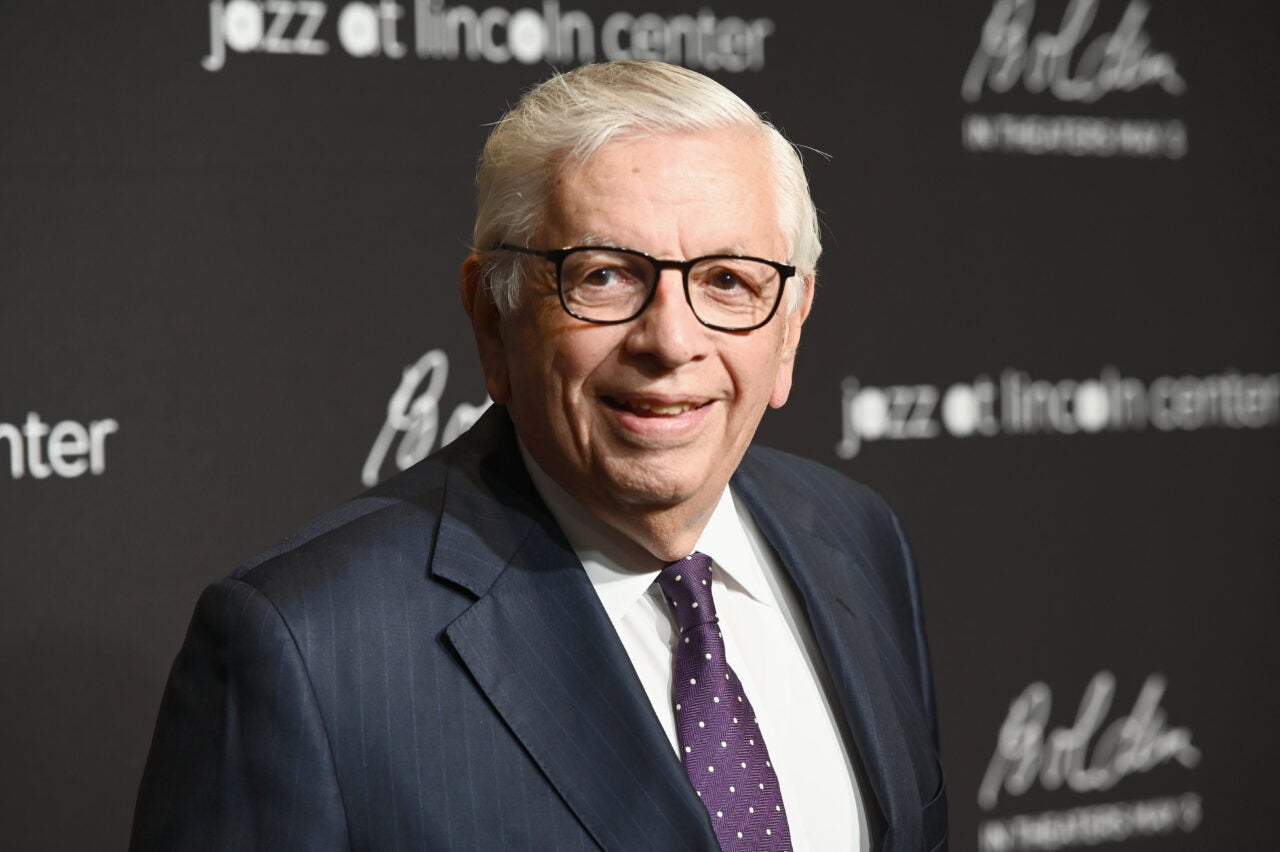

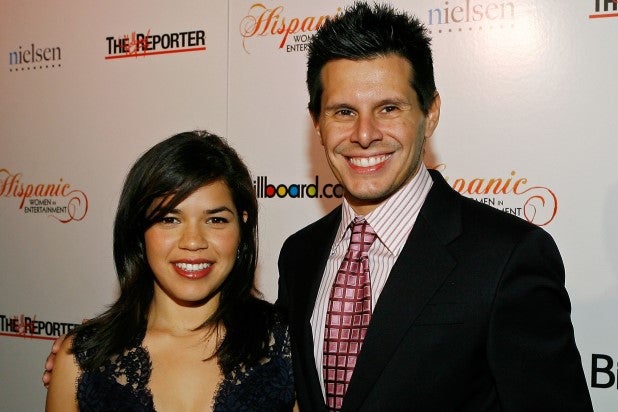
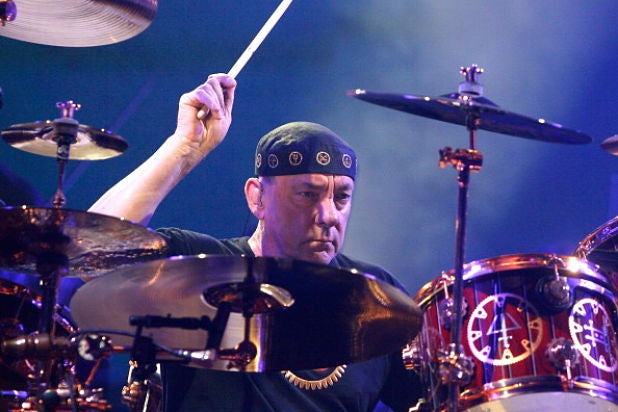

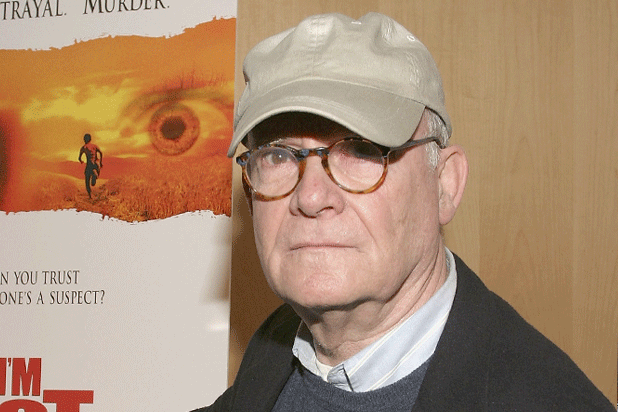
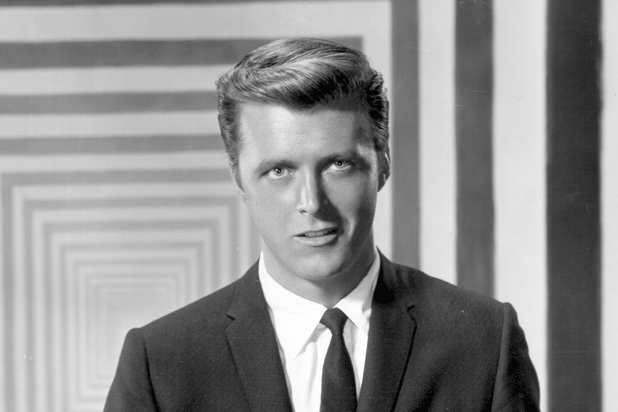
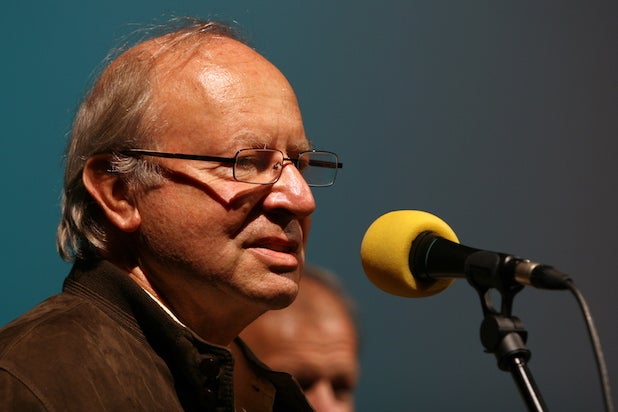
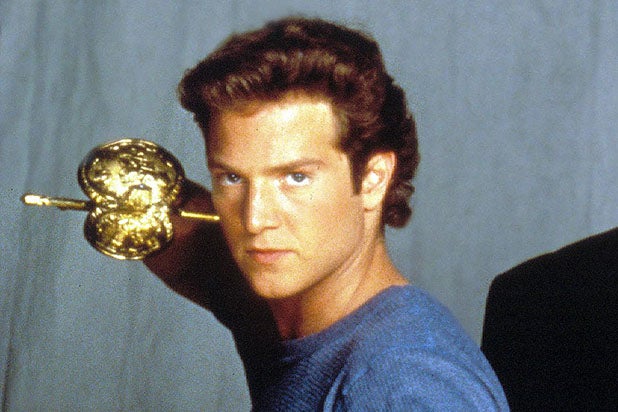
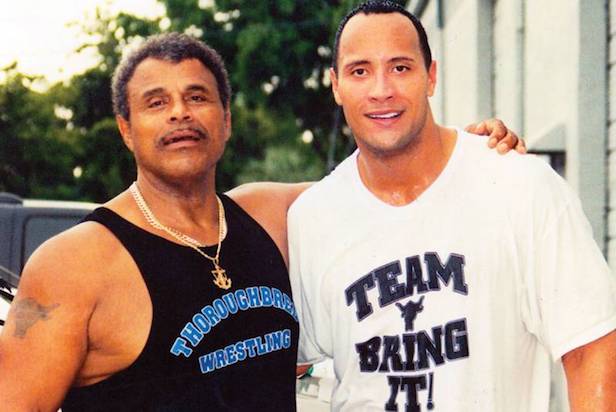
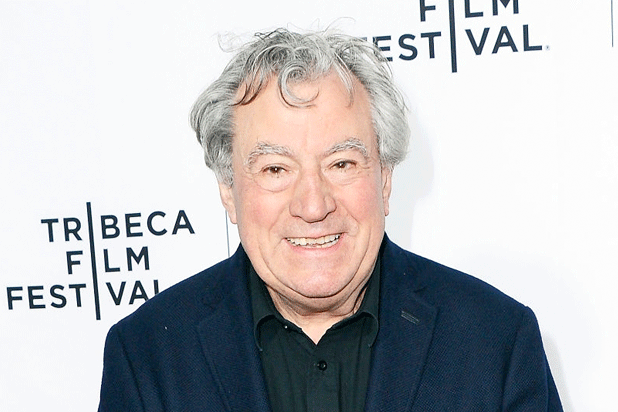
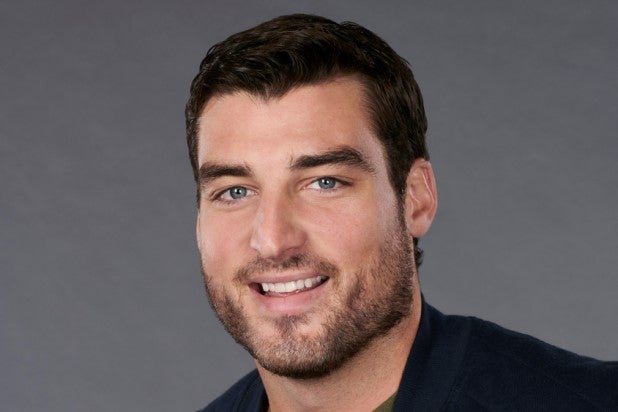

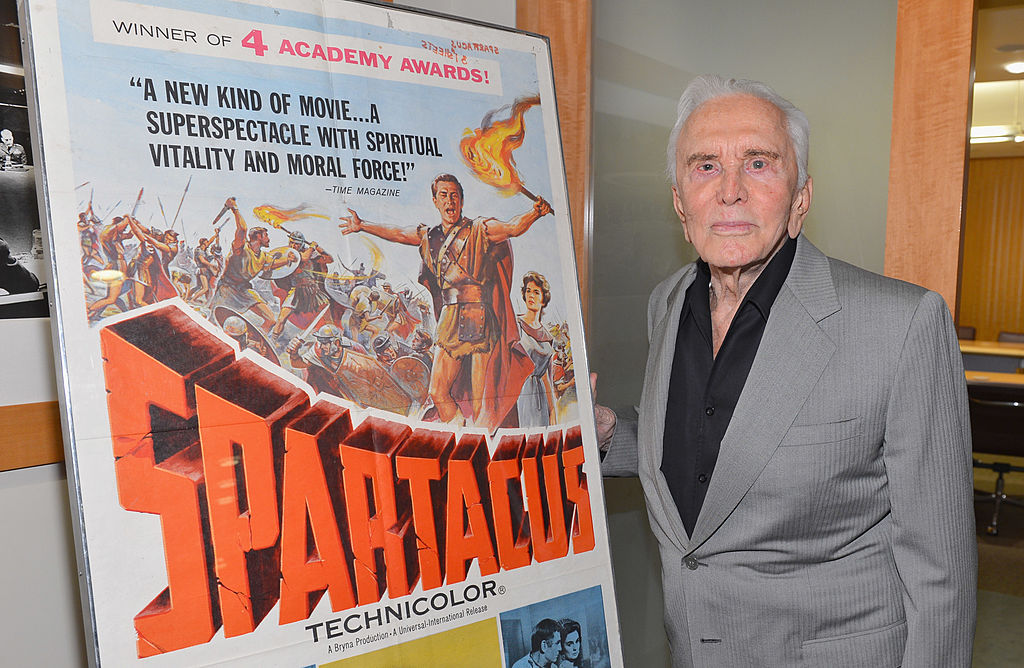
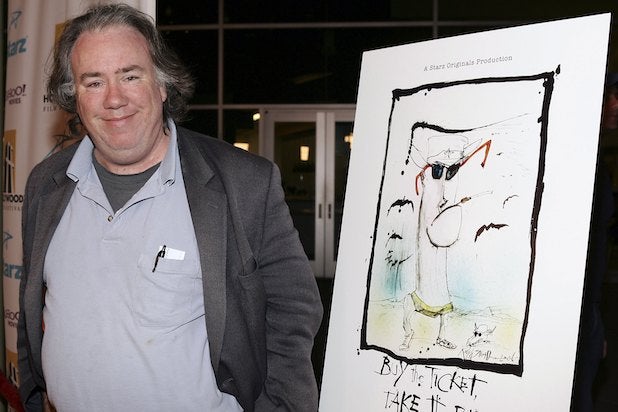

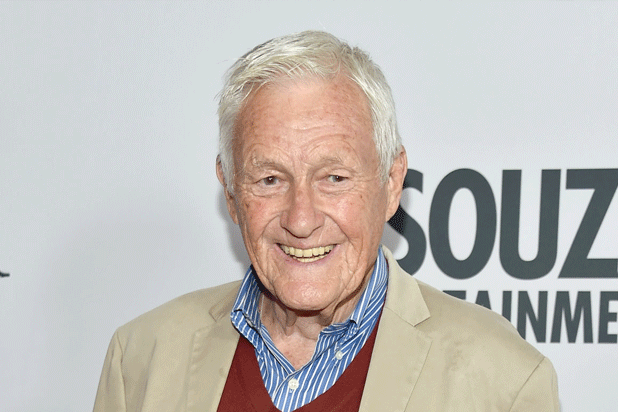
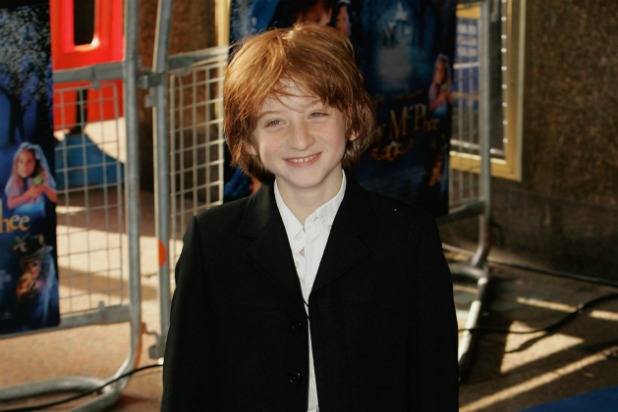
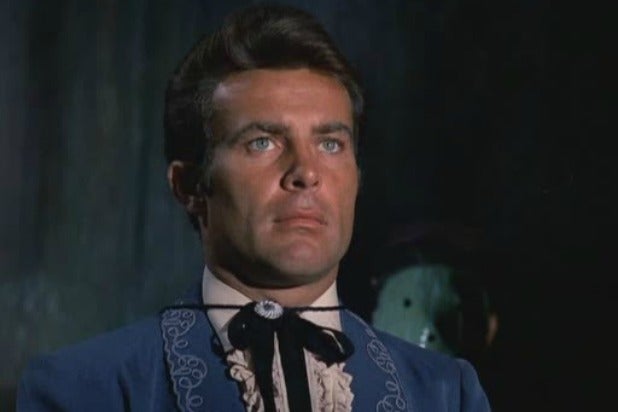
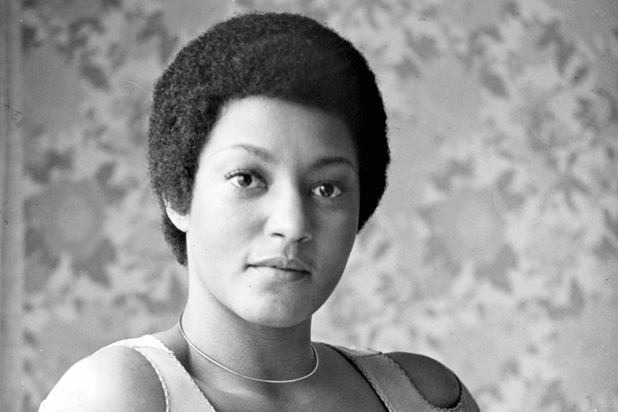
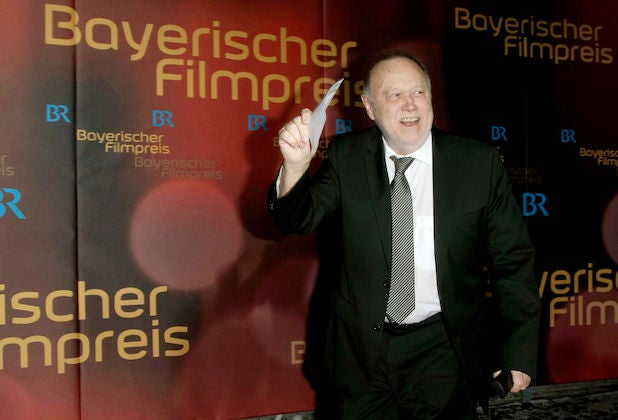
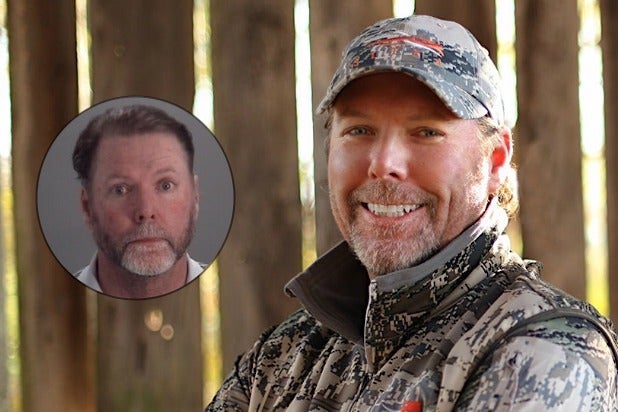

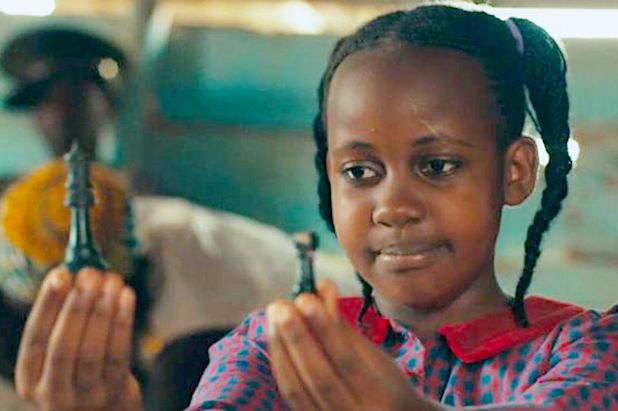
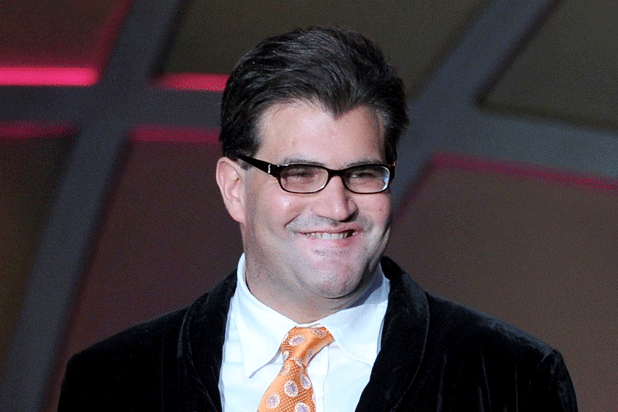
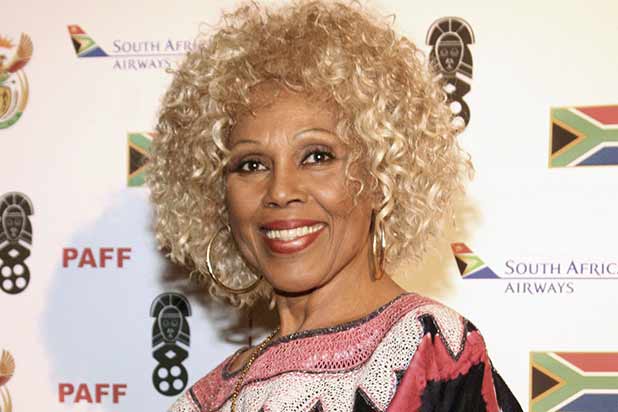
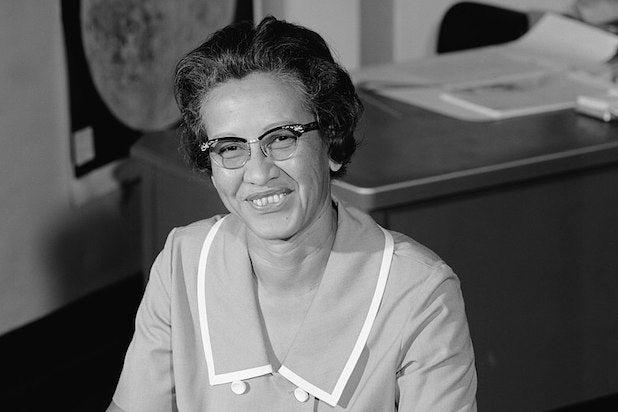
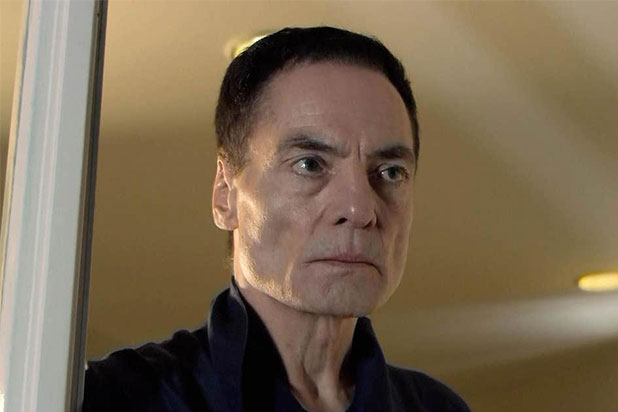
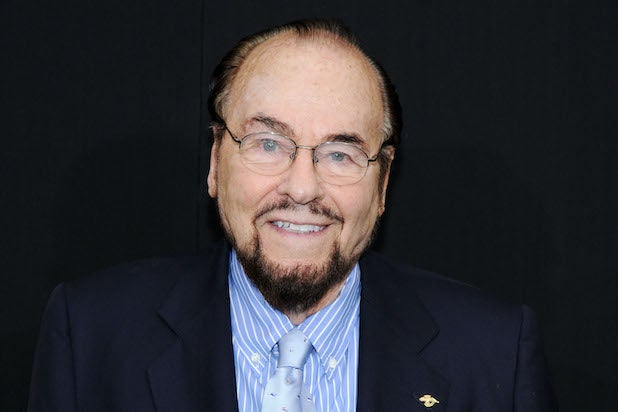

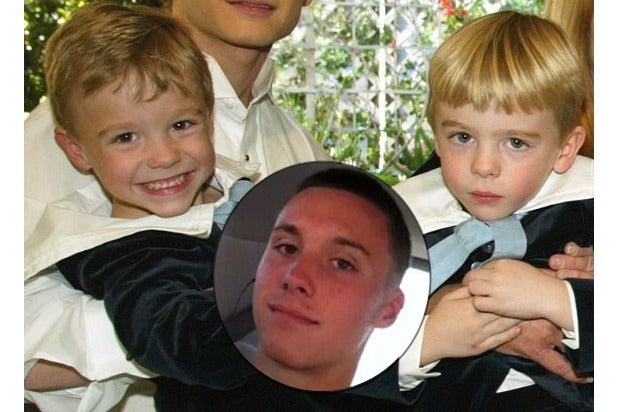

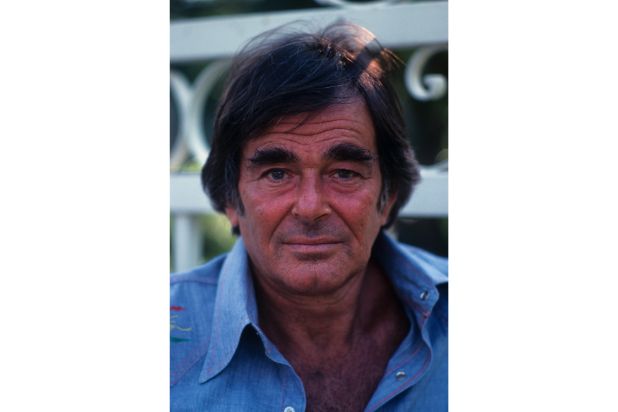
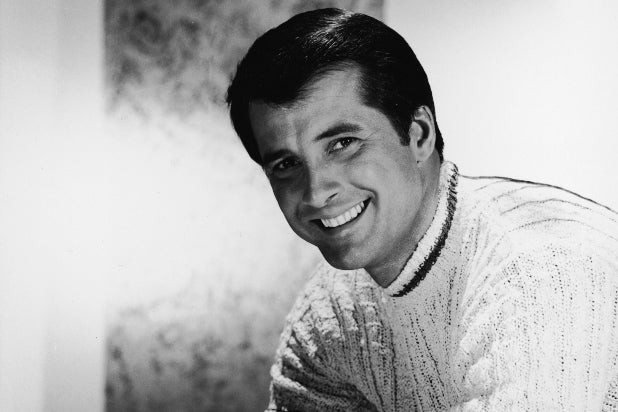
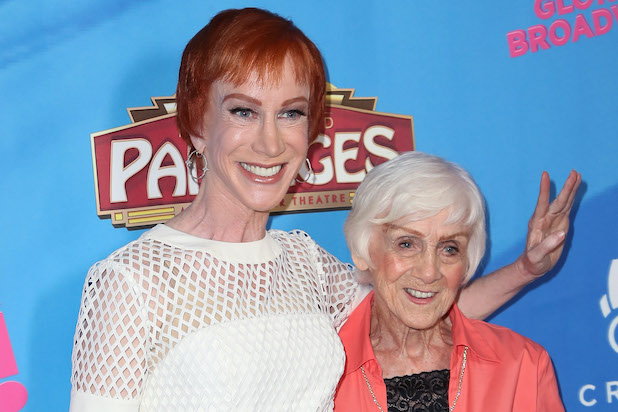
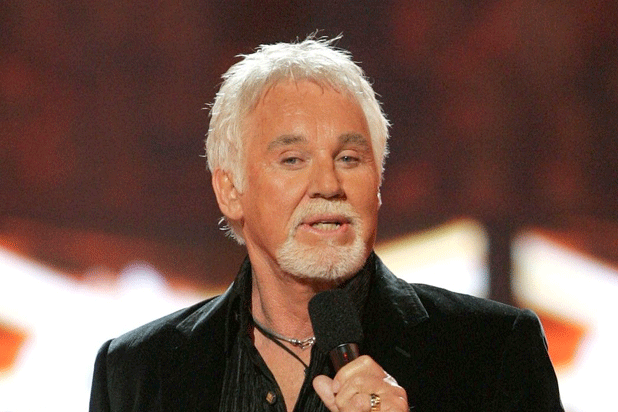

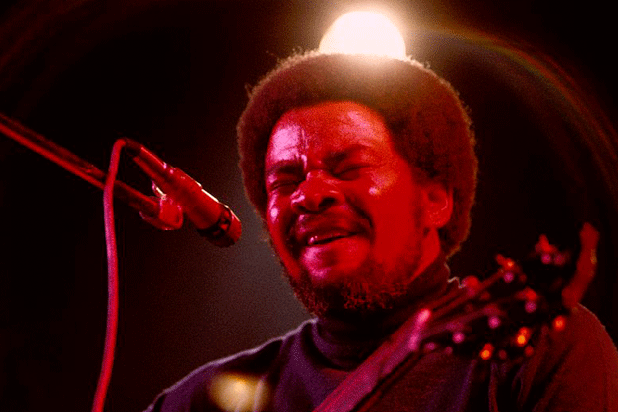
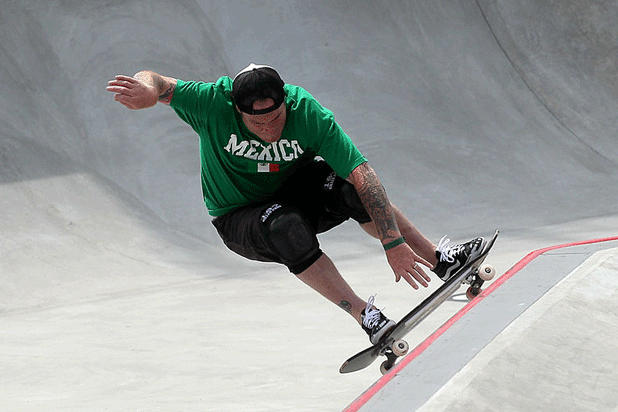
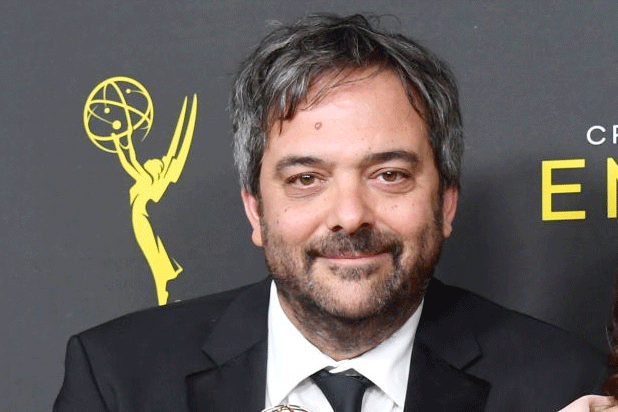
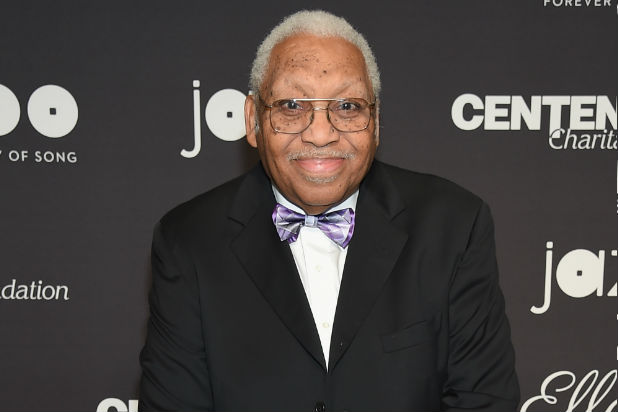
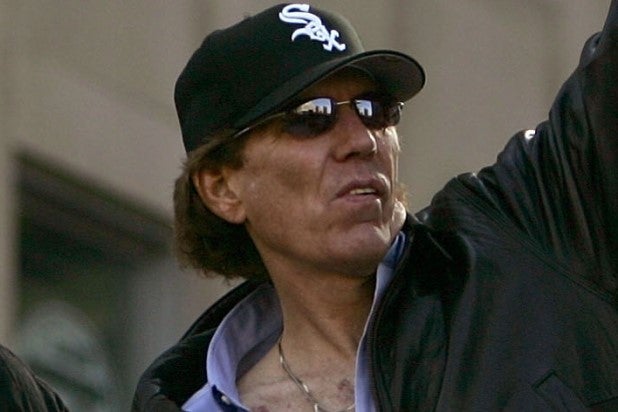
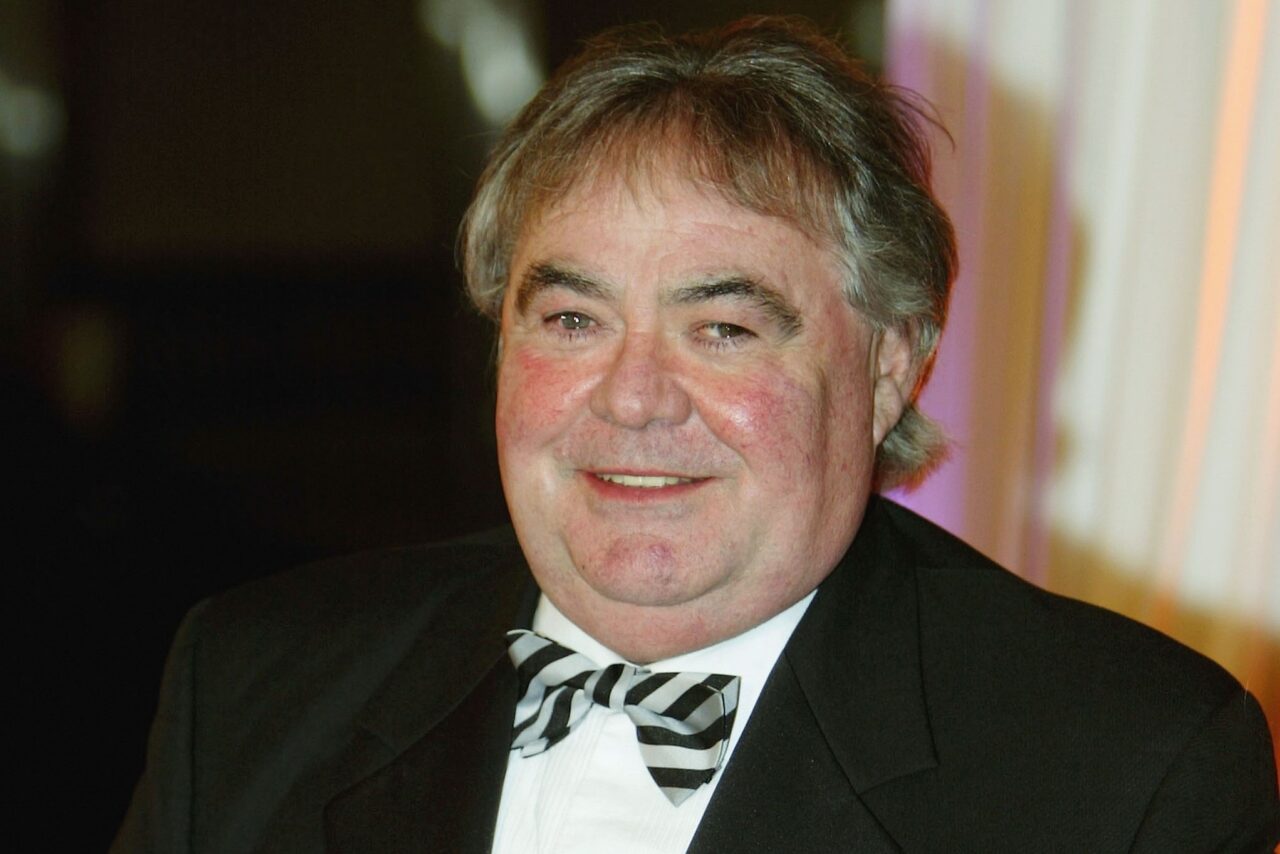
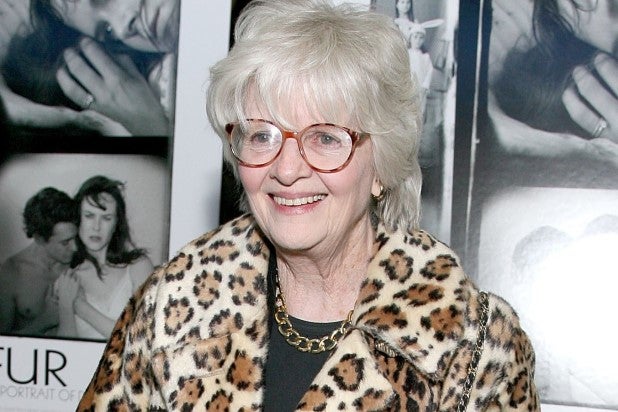
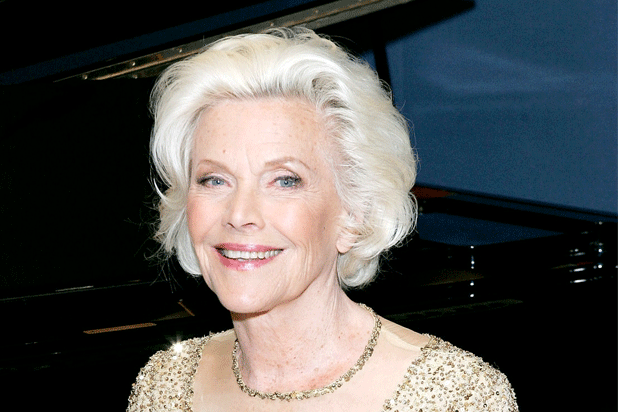

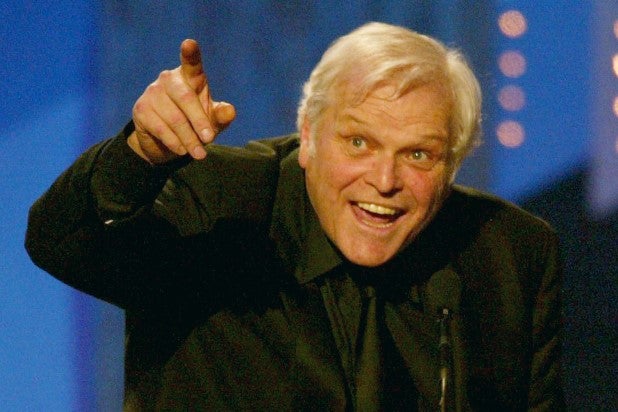
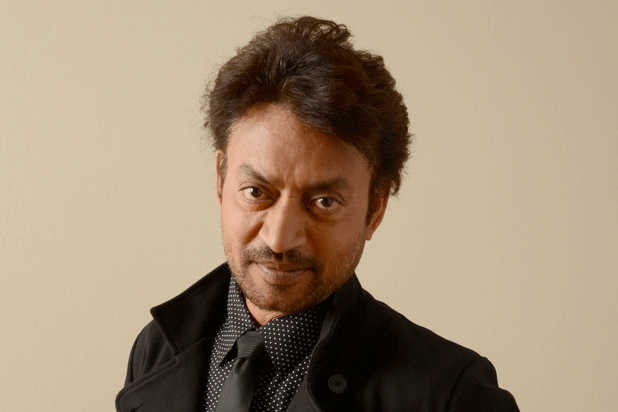
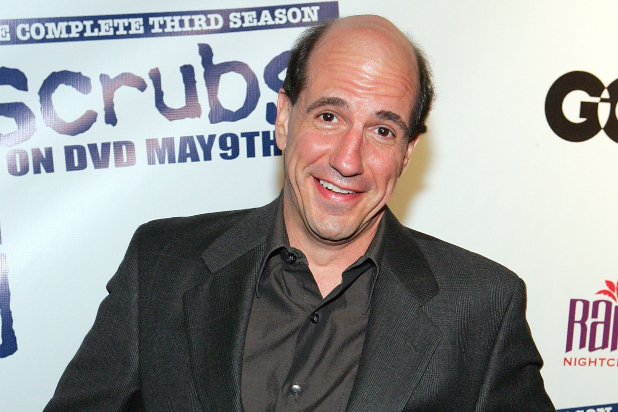
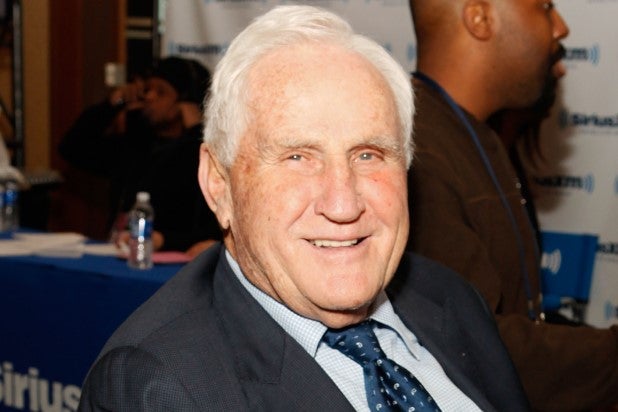
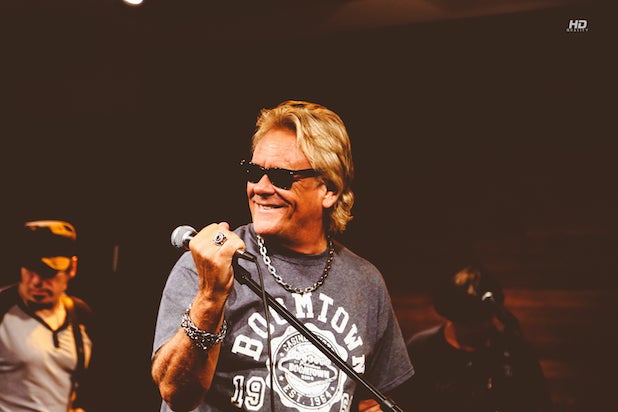
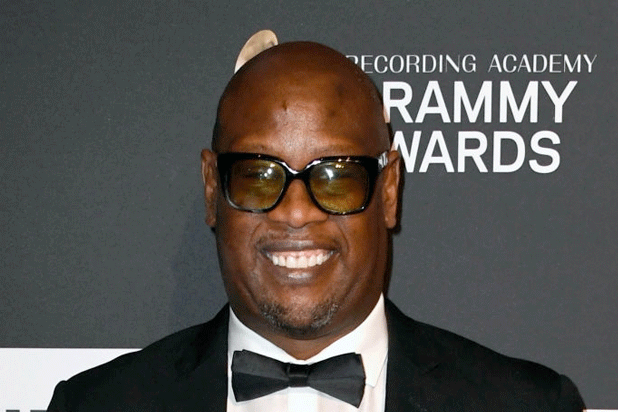

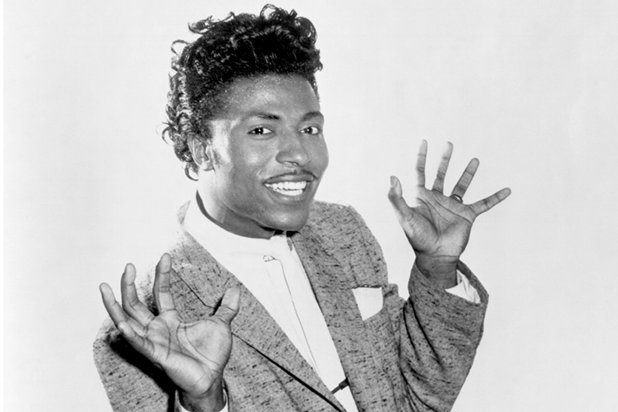
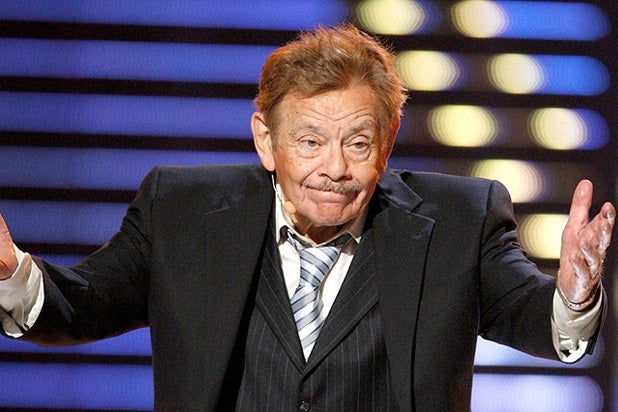
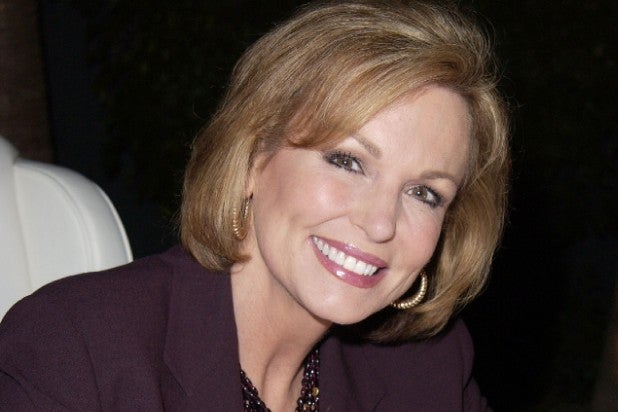
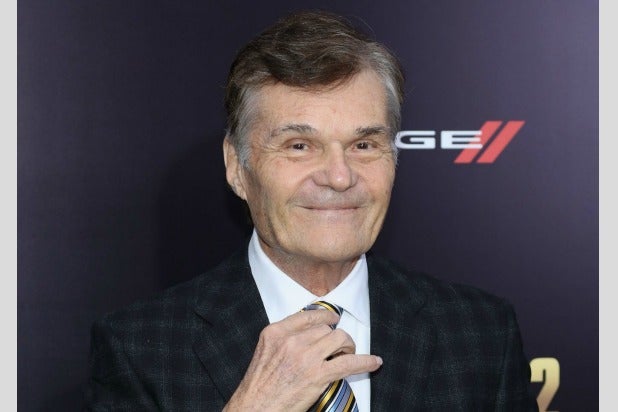


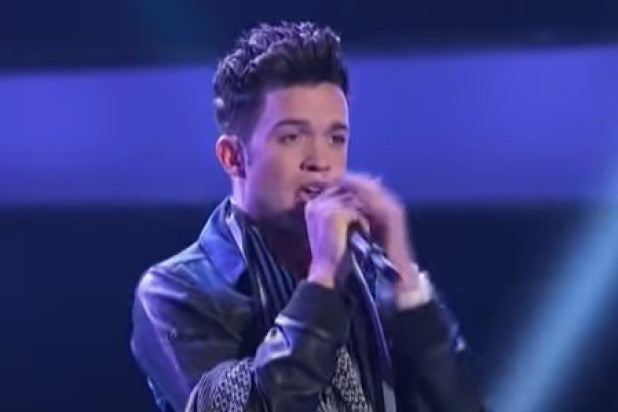
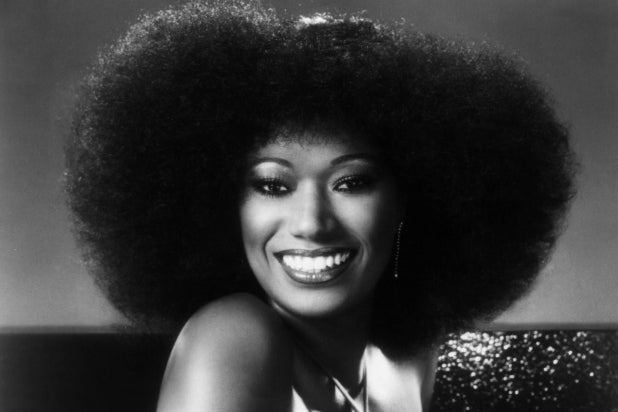
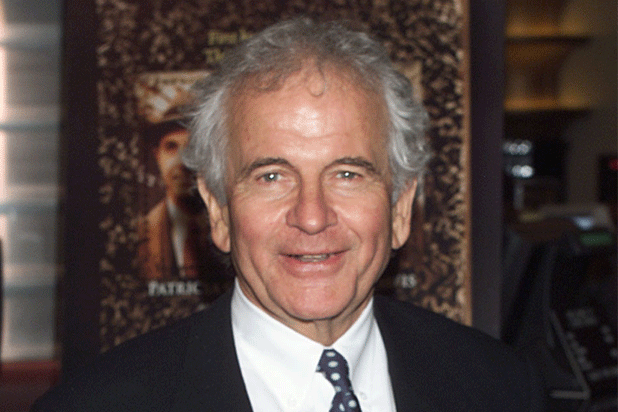
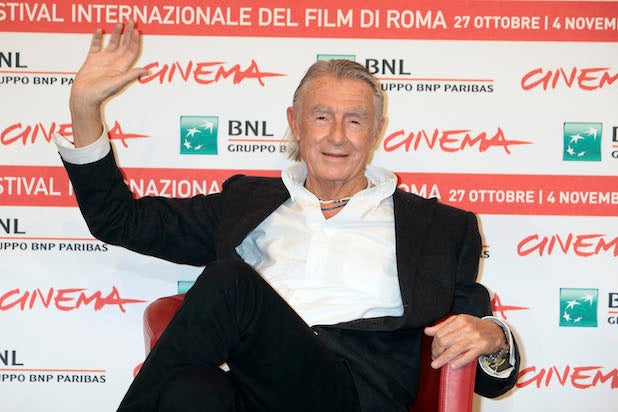

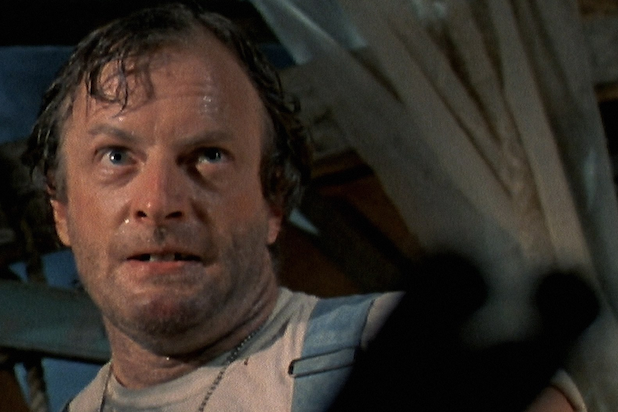
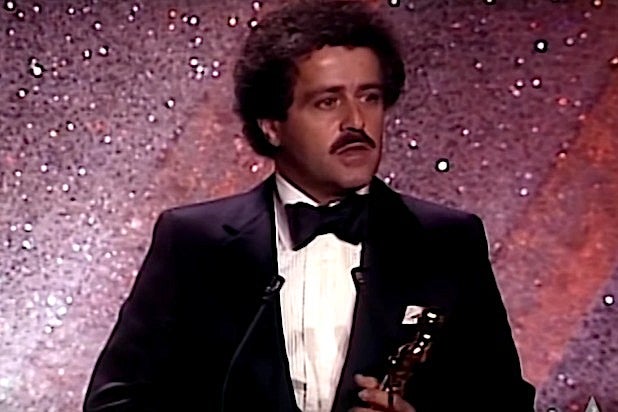
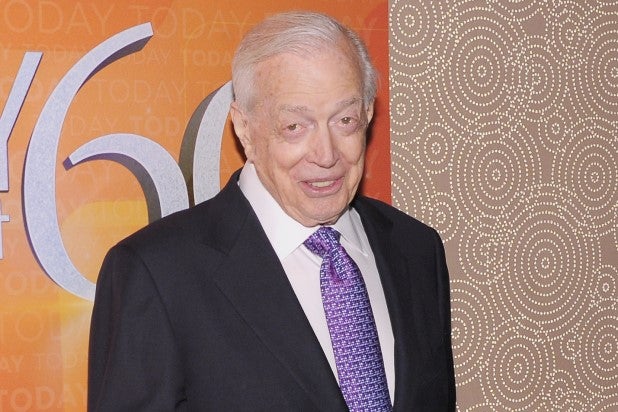

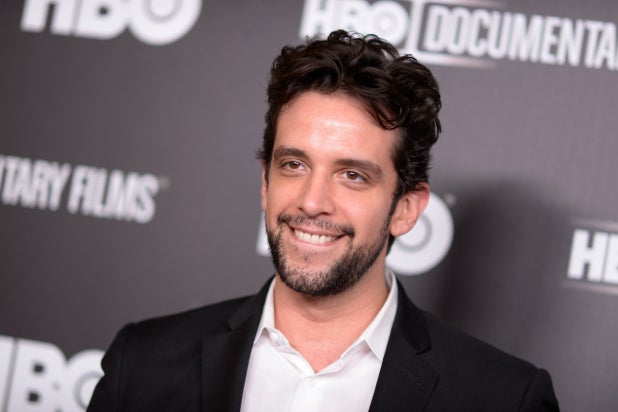
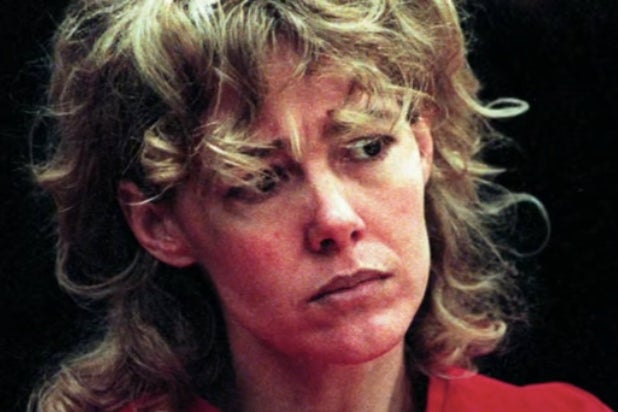
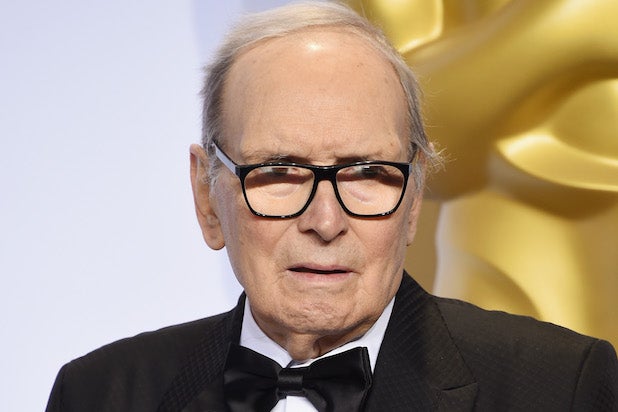
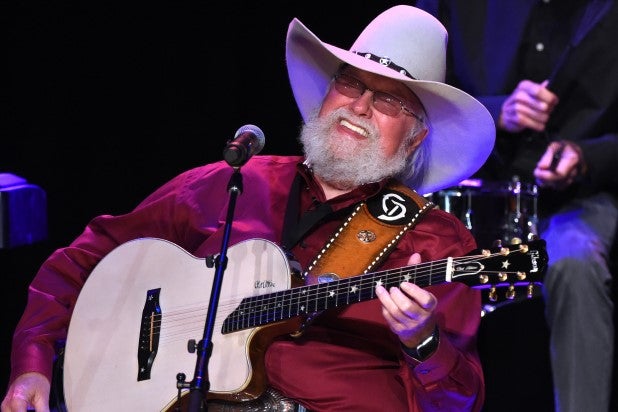
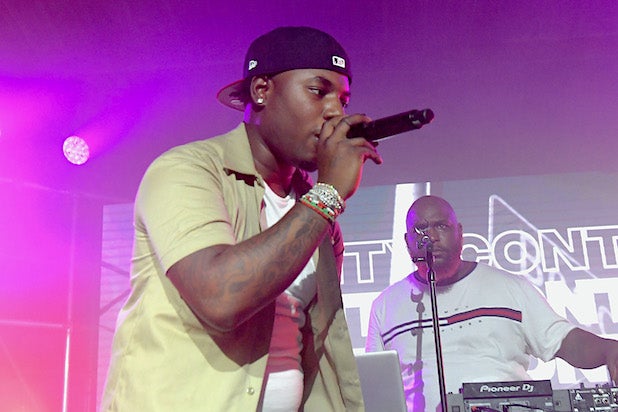
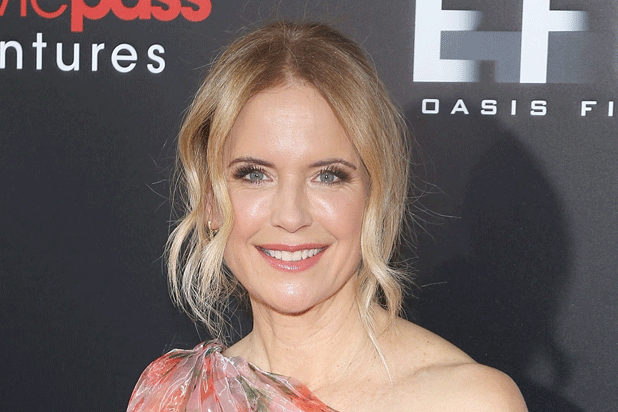
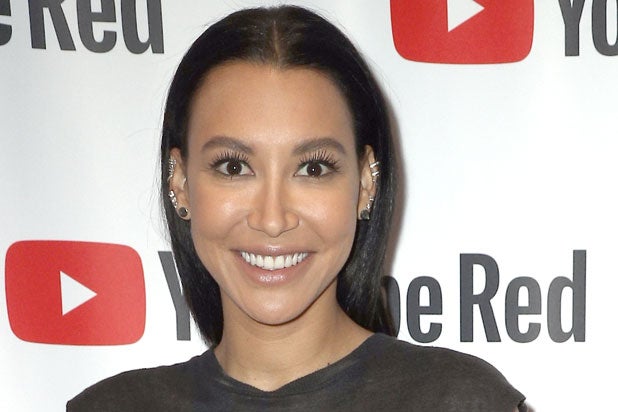
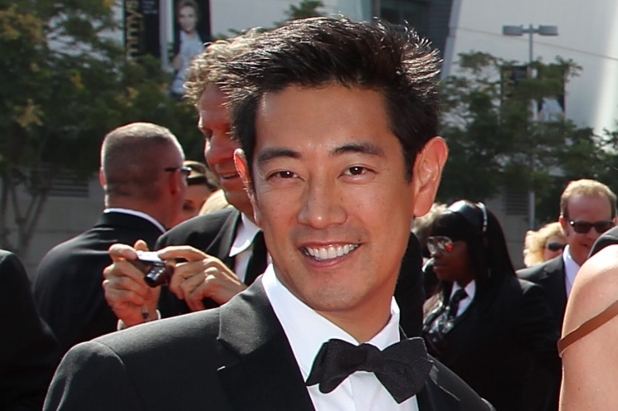
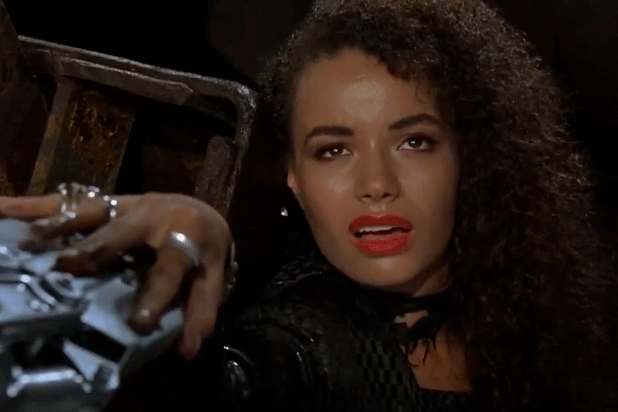
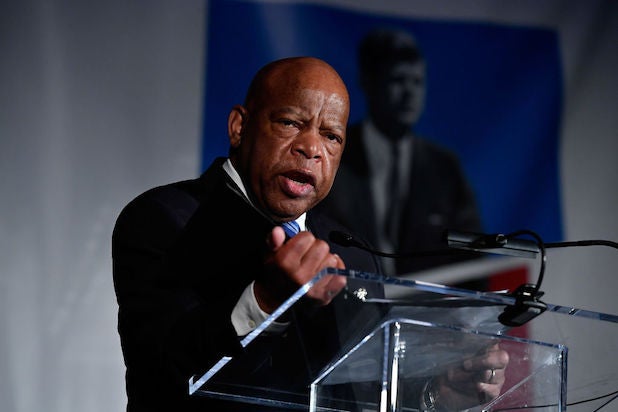
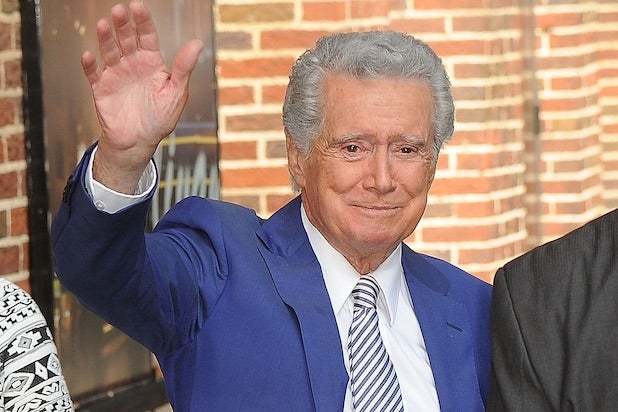

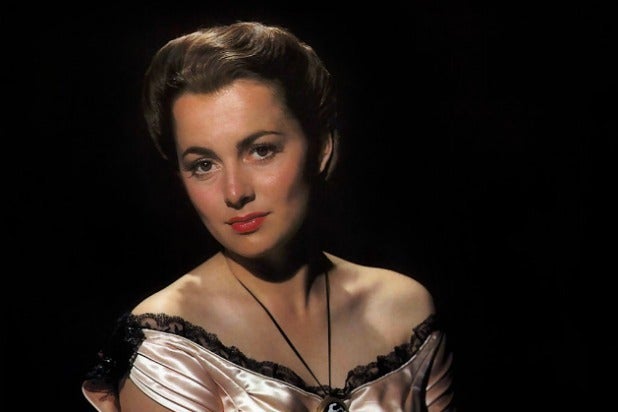
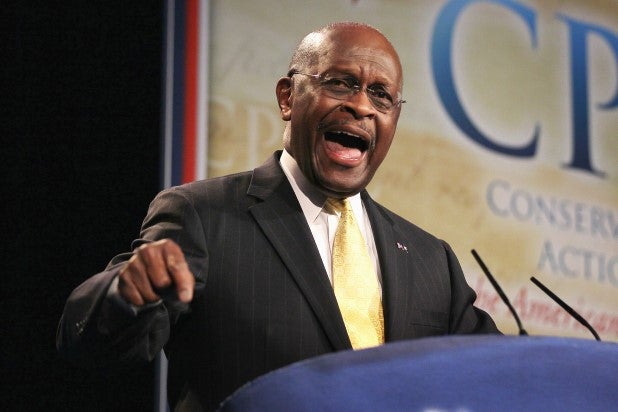
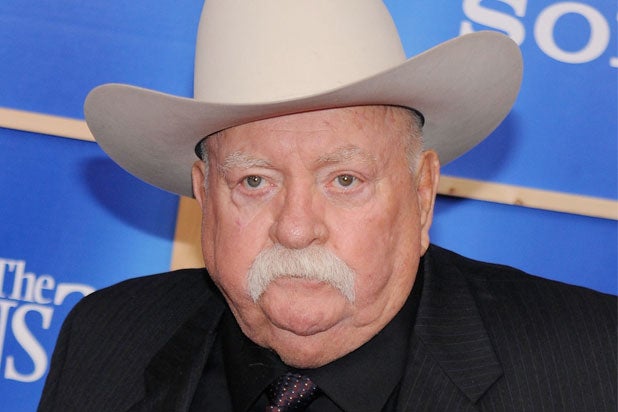
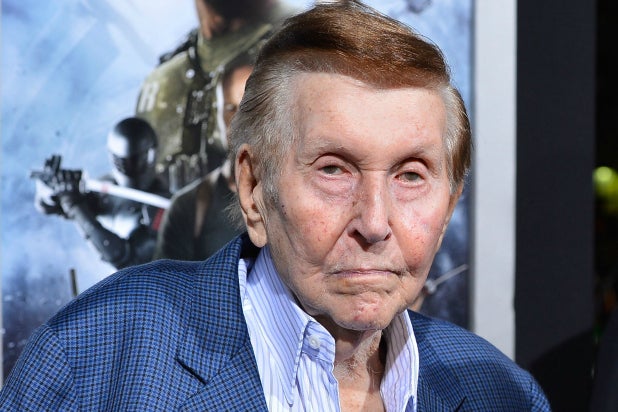
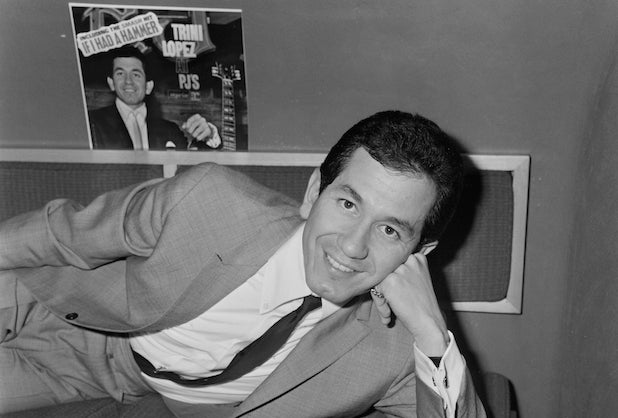


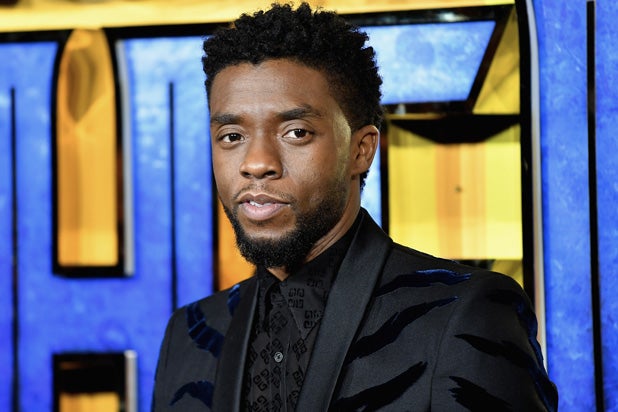
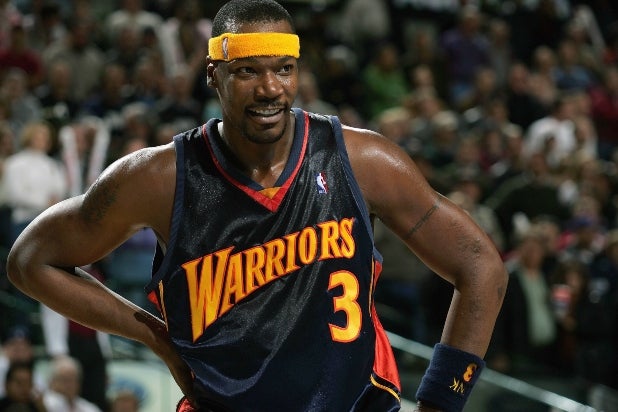

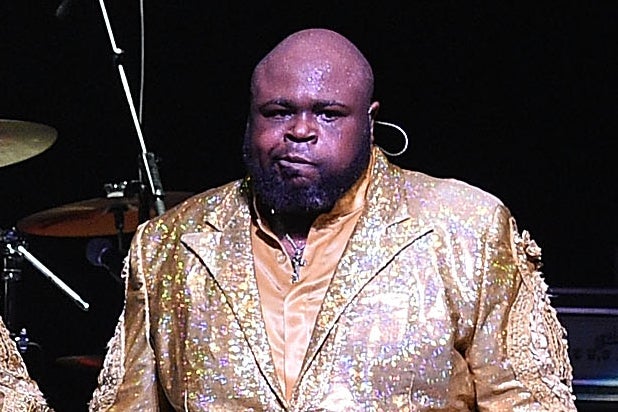
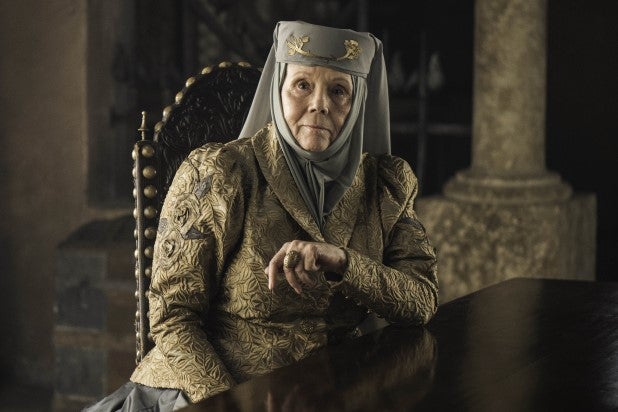
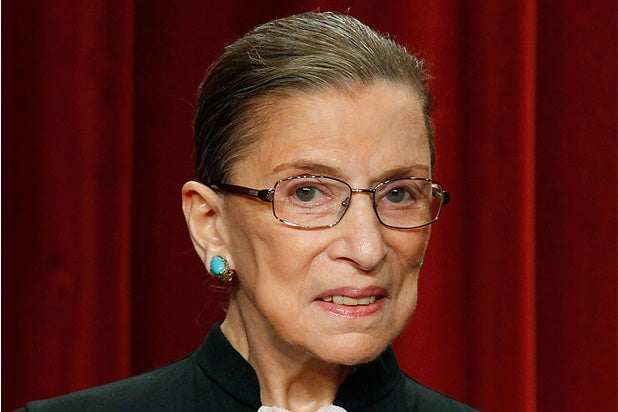
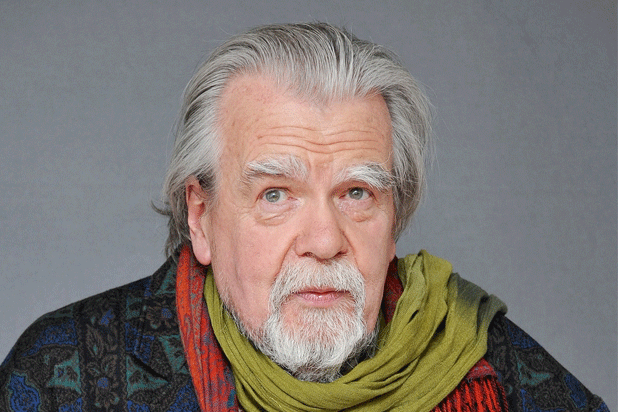
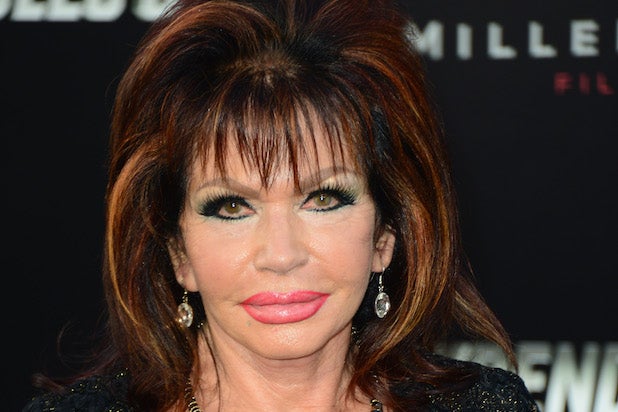
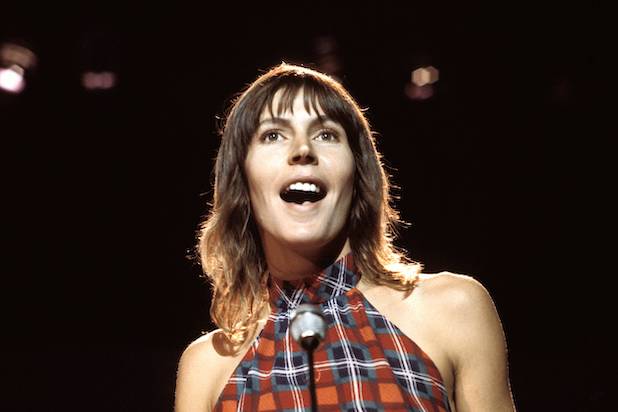
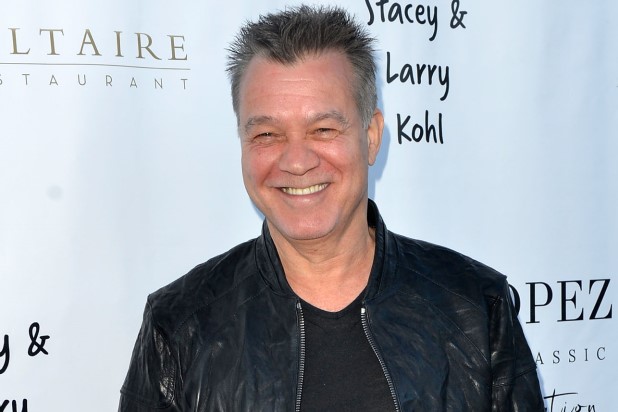
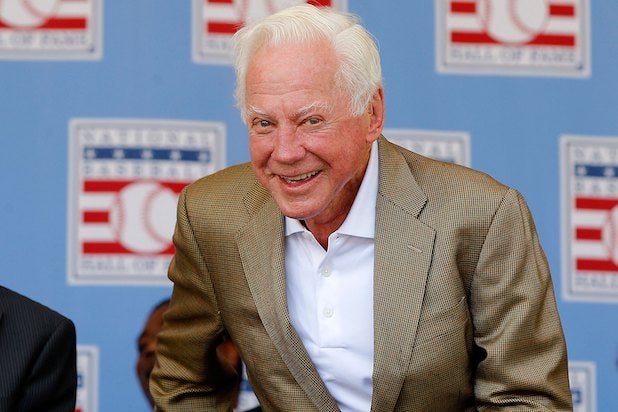

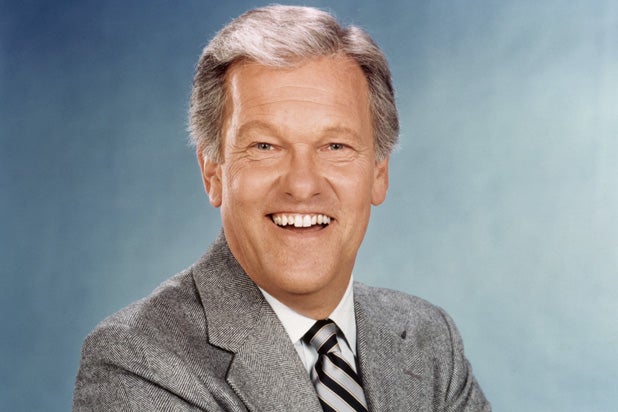
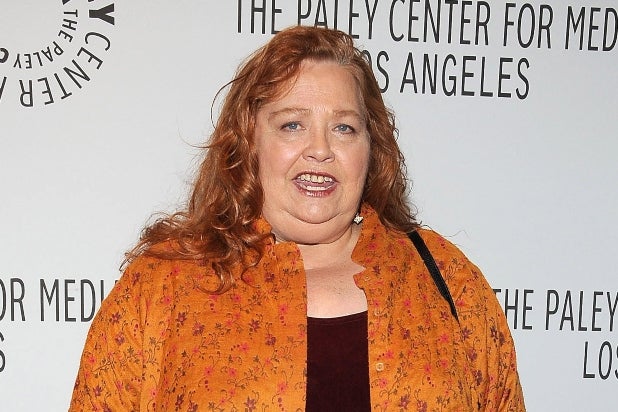

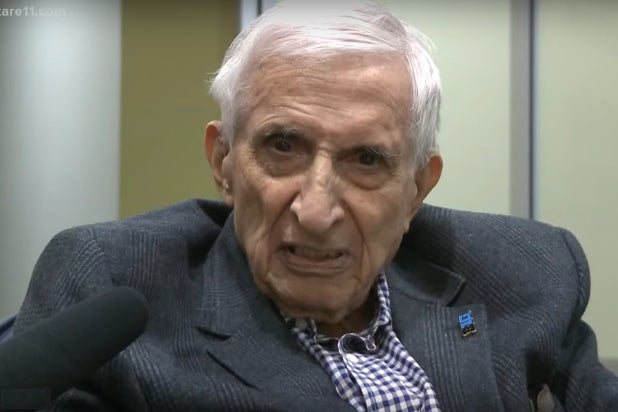
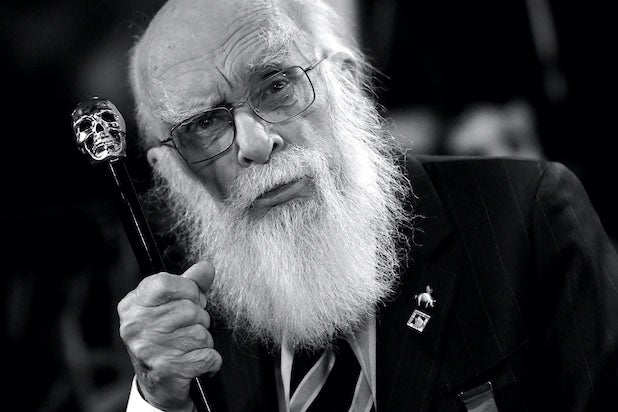
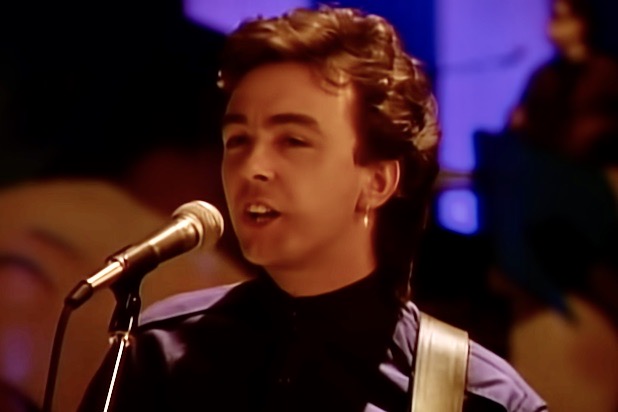
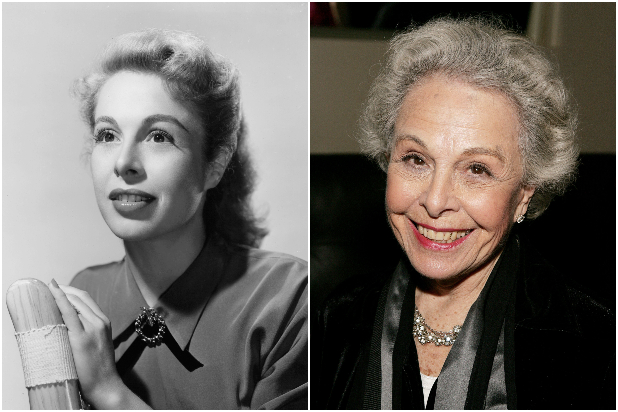
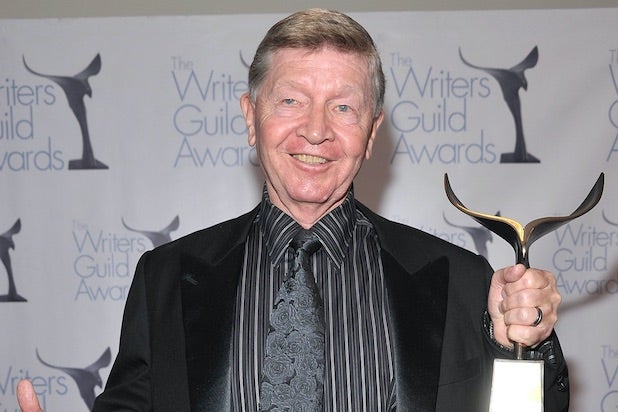

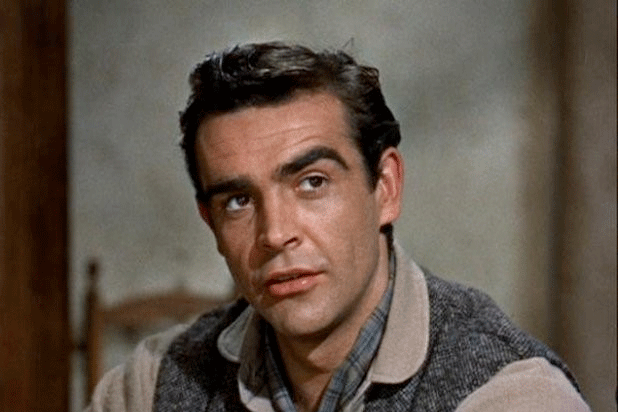


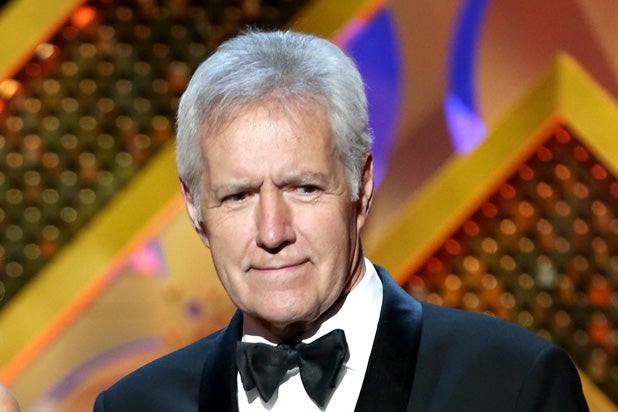
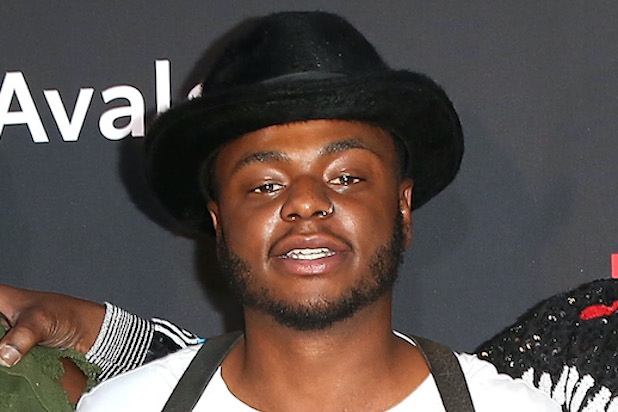
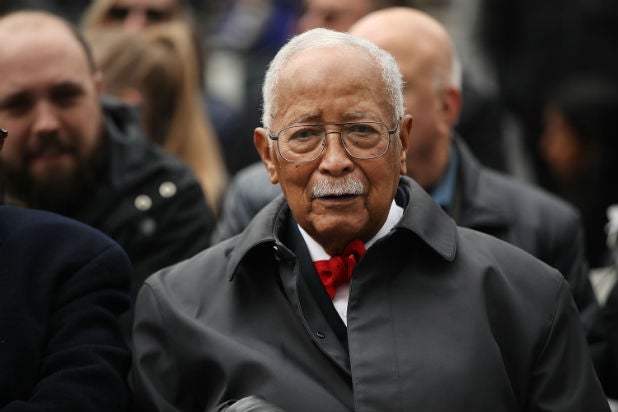

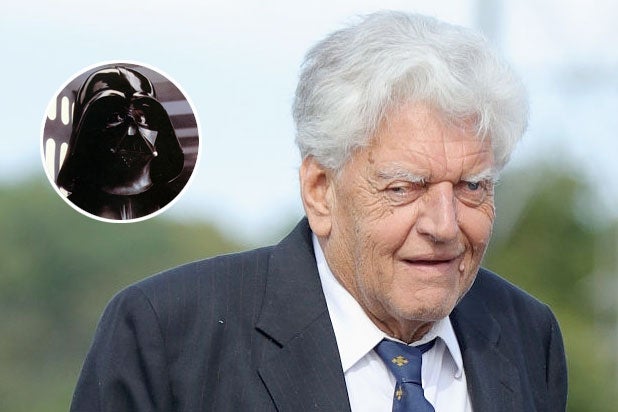
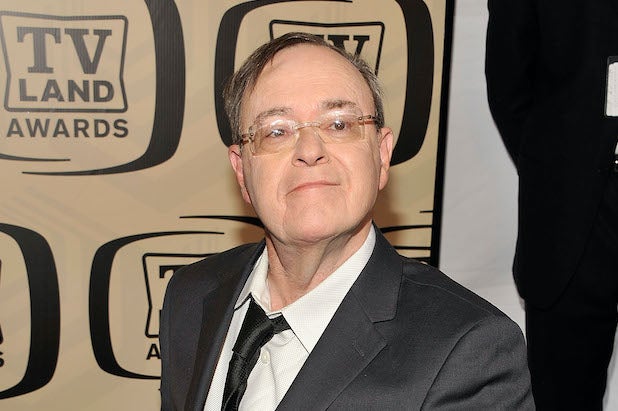

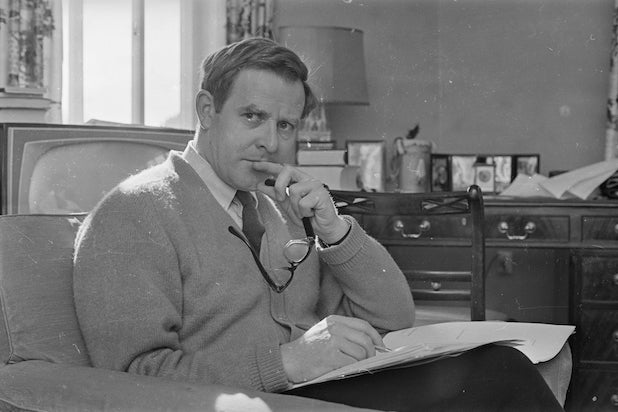


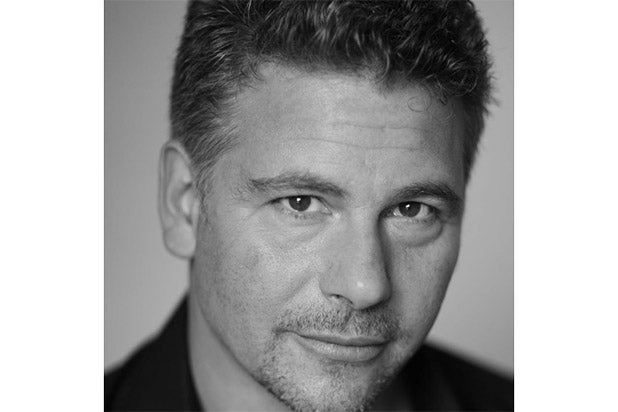
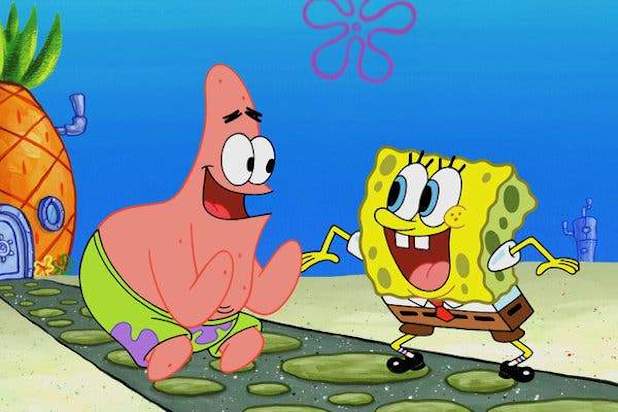
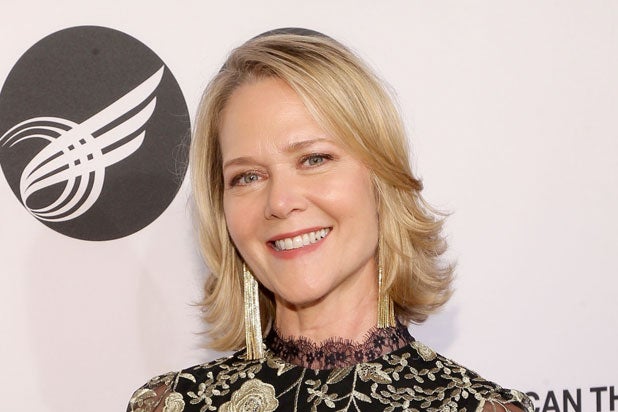


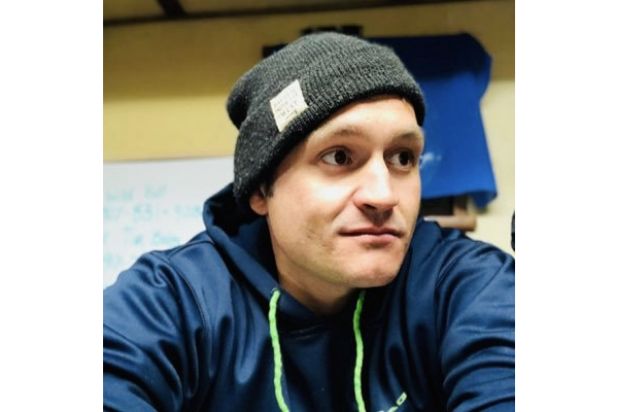

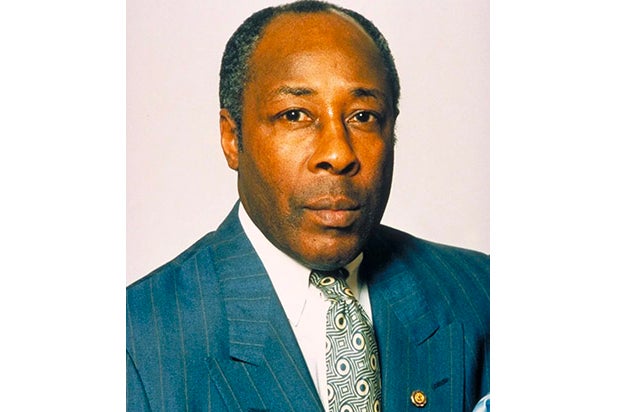
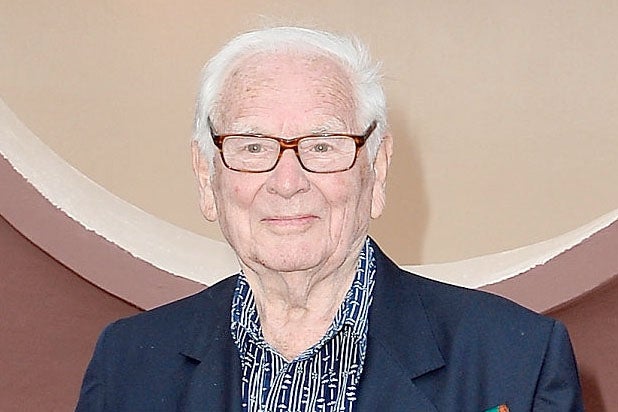

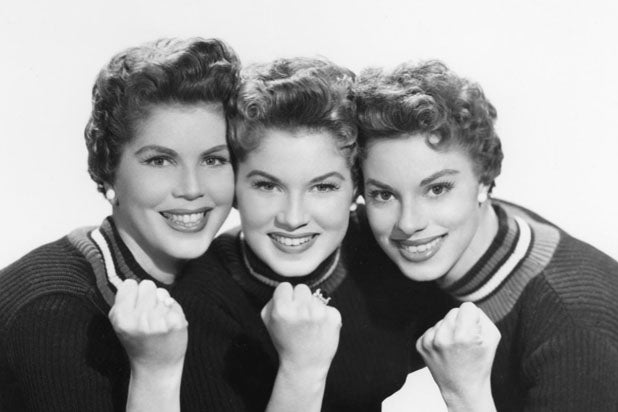
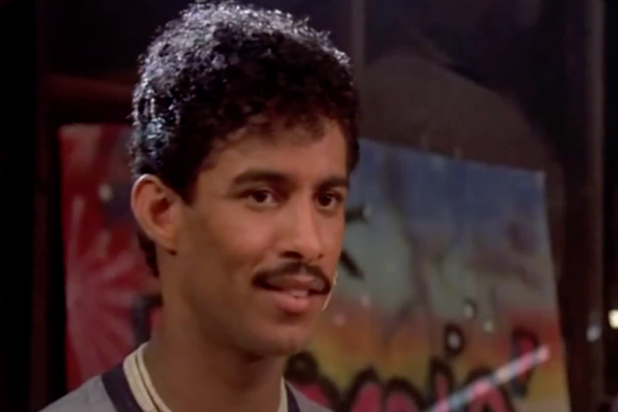

0 Response to "Two All Beef Patties in Sean Connerys Voice"
Postar um comentário